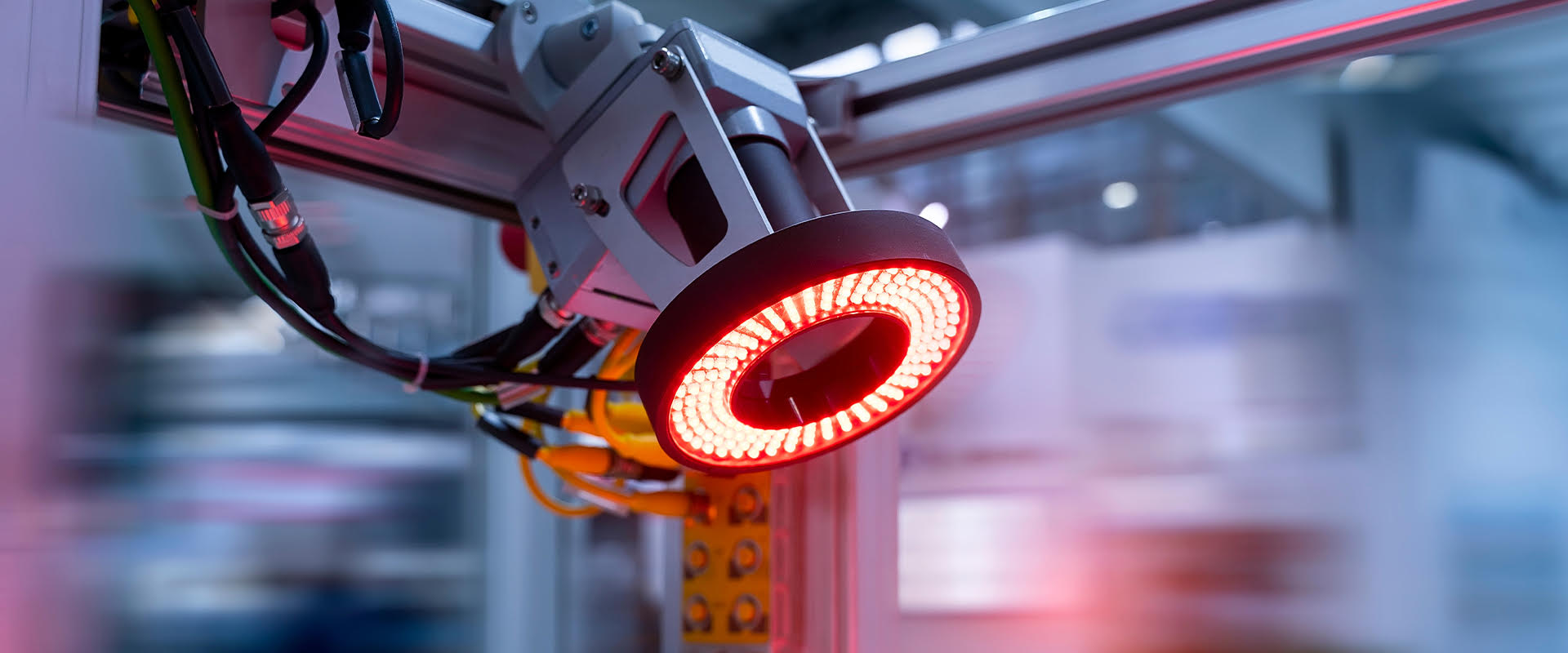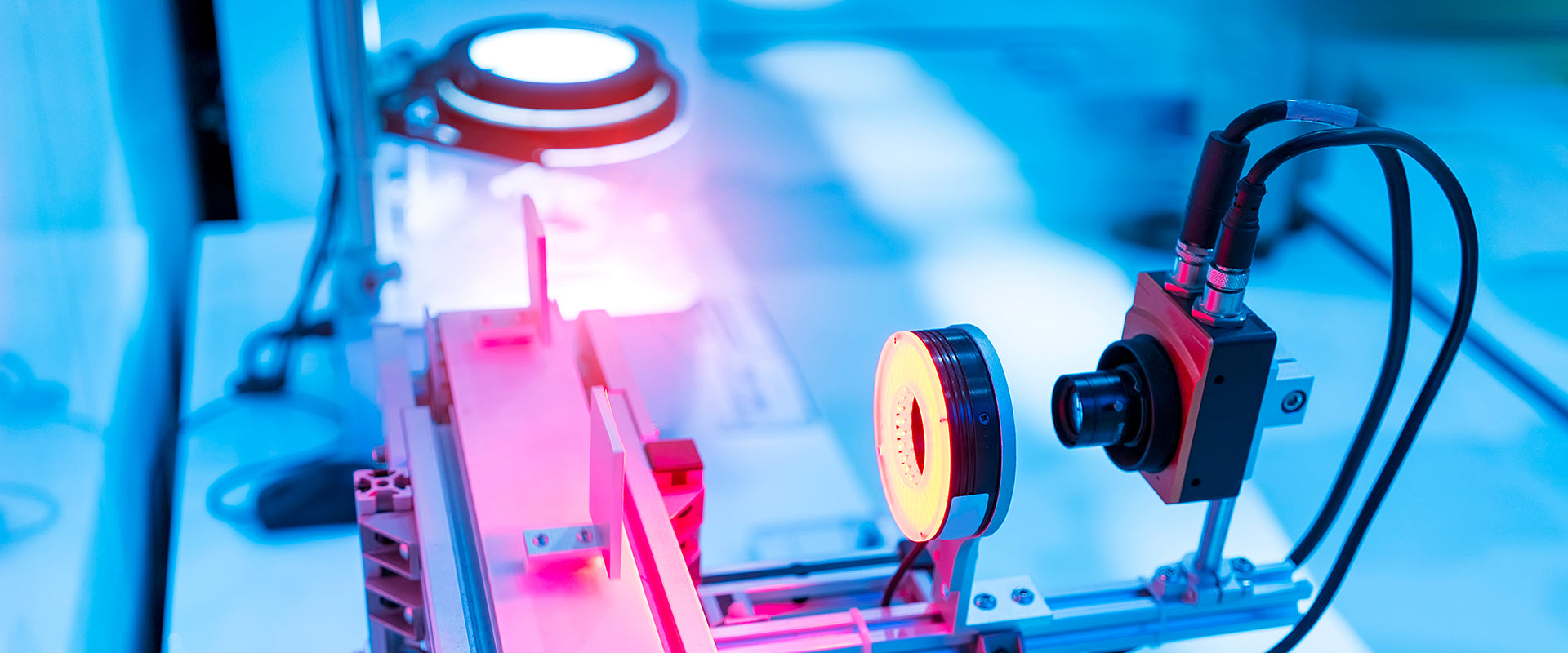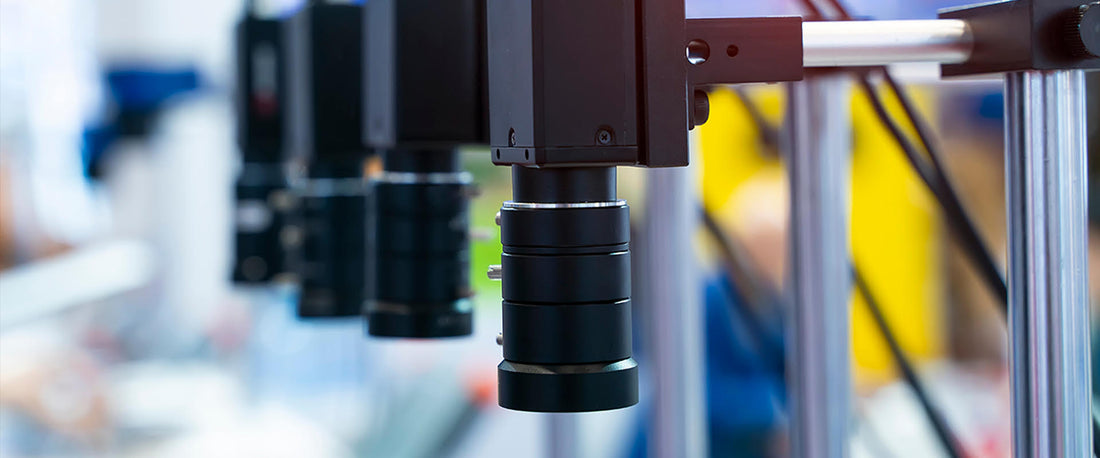In industrial imaging, choosing the right camera for a machine vision system can significantly impact performance and accuracy. One of the most fundamental decisions is whether to use a monochrome or color camera.
While both serve unique purposes in imaging systems, the decision depends on the application’s specific requirements – from lighting conditions to inspection goals. Let’s break down the key differences and when to choose each.
What’s the Difference Between Monochrome and Color Cameras?
Color Cameras use a sensor overlaid with a Bayer filter, capturing red, green and blue (RGB) information to produce full-color images. This makes them ideal for applications that require color differentiation for sorting, identification or visual quality control.
In contrast, monochrome cameras capture only grayscale (black-and-white) images, recording the intensity of light without separating it into color channels. With no color filter array, all light reaches the sensor – resulting in greater sensitivity, resolution and clarity, especially in low-light environments.
Advantages of Monochrome Cameras
✓ Higher Sensitivity
Monochrome sensors collect more light per pixel because they aren’t filtered for color. This makes them ideal for low-light applications or environments where image detail is critical.
✓ Better Resolution
Without color interpolation, monochrome cameras offer sharper images and more precise edge detection – crucial for tasks like barcode reading, print inspection or dimensional measurement.
✓ Greater Contrast
Monochrome imaging provides higher contrast levels, enhancing defect detection and increasing the effectiveness of machine vision algorithms.
✓ Flexible with Lighting & Filtering
They work exceptionally well with narrow-band illumination and optical filters, making it easier to isolate features based on wavelength.
Ideal applications:
- Surface inspection
- OCR/Barcode reading
- Microscopy
- Low-light imaging
- High-speed inspection lines
Advantages of Color Cameras
✓ True Color Identification
Color cameras can differentiate products based on hue, saturation or pattern – capabilities not possible with grayscale imaging.
✓ Simplified Systems
In many cases, color eliminates the need for additional filtering or multispectral setups, reducing system complexity and cost.
✓ Versatile Output
RGB data can be processed to mimic grayscale or used for more advanced color analysis, making these cameras highly adaptable.
Ideal applications:
- Object sorting by color
- Label or print verification
- Food and beverage inspection
- Assembly verification (wires, LEDs, etc.)
- Aesthetic surface inspection
Monochrome vs. Color: Key Considerations
| Feature | Monochrome | Color |
|---|---|---|
| Sensitivity | Higher (no Bayer filter) | Lower (due to color filters) |
| Resolution | Higher effective resolution | Slightly reduced due to interpolation |
| Color Analysis | Not possible | Essential feature |
| Lighting Requirements | More adaptable, excels in low light | Requires more controlled lighting |
| Image Sharpness | Sharper detail and contrast | Good, but may require more processing |
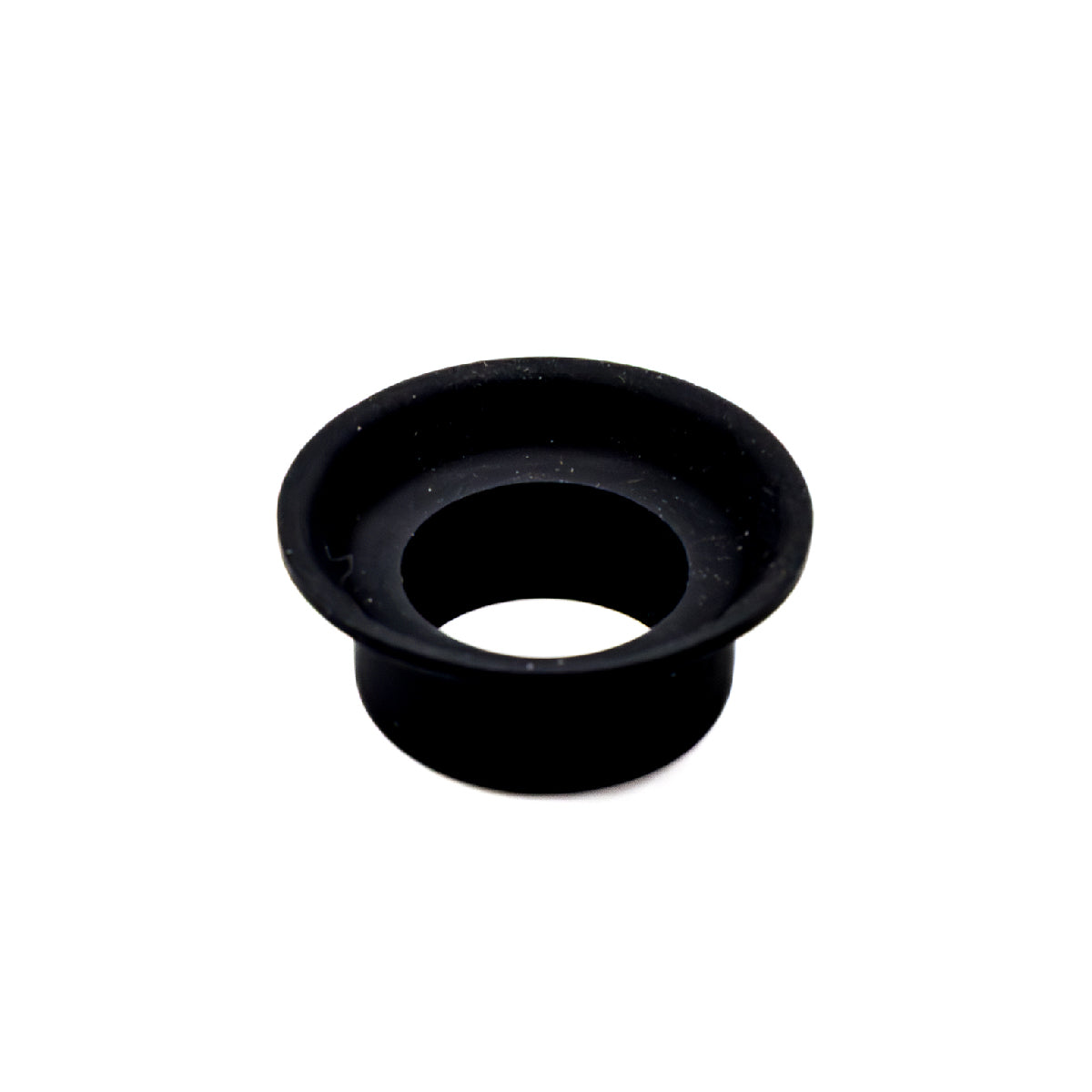
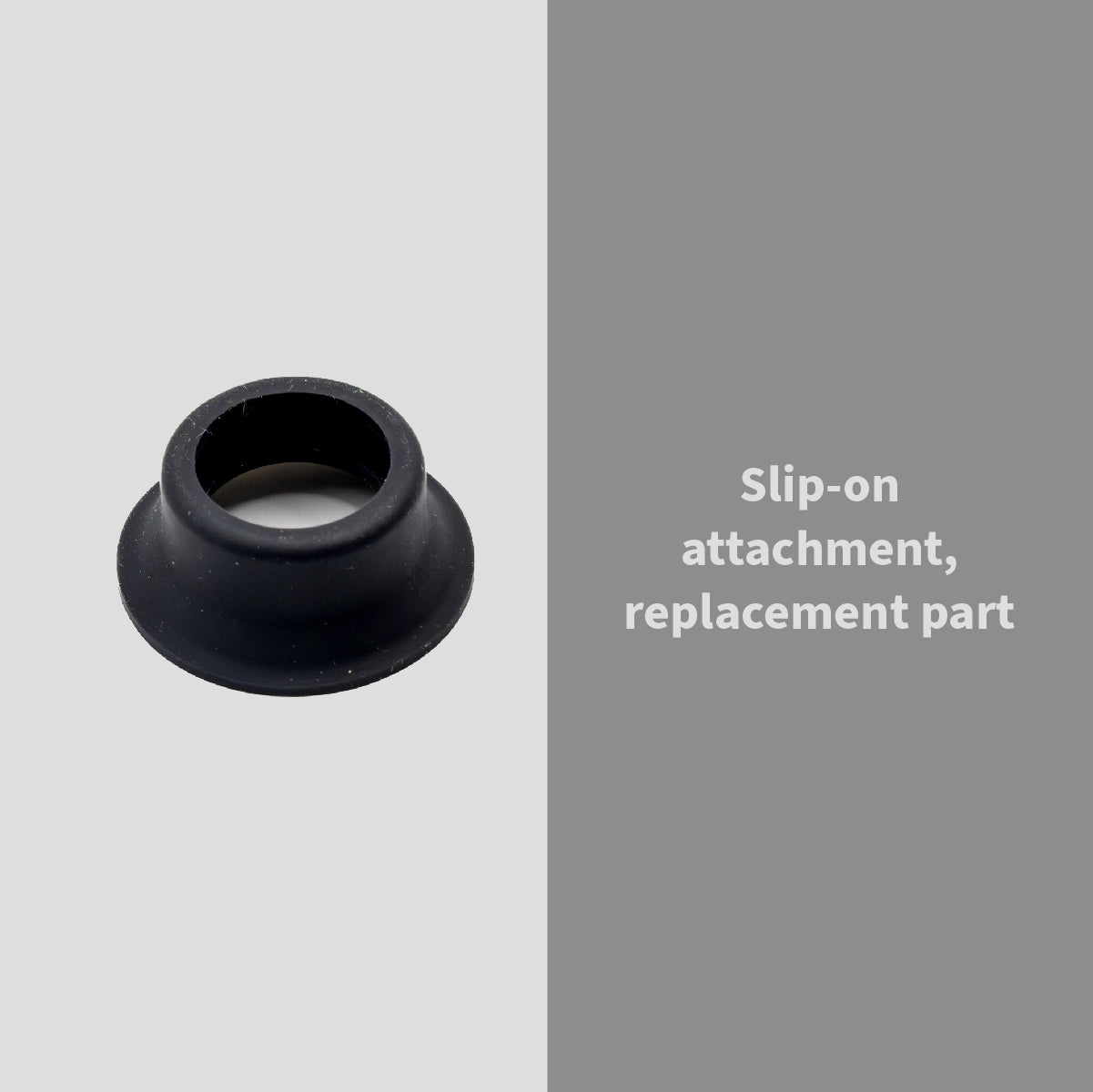

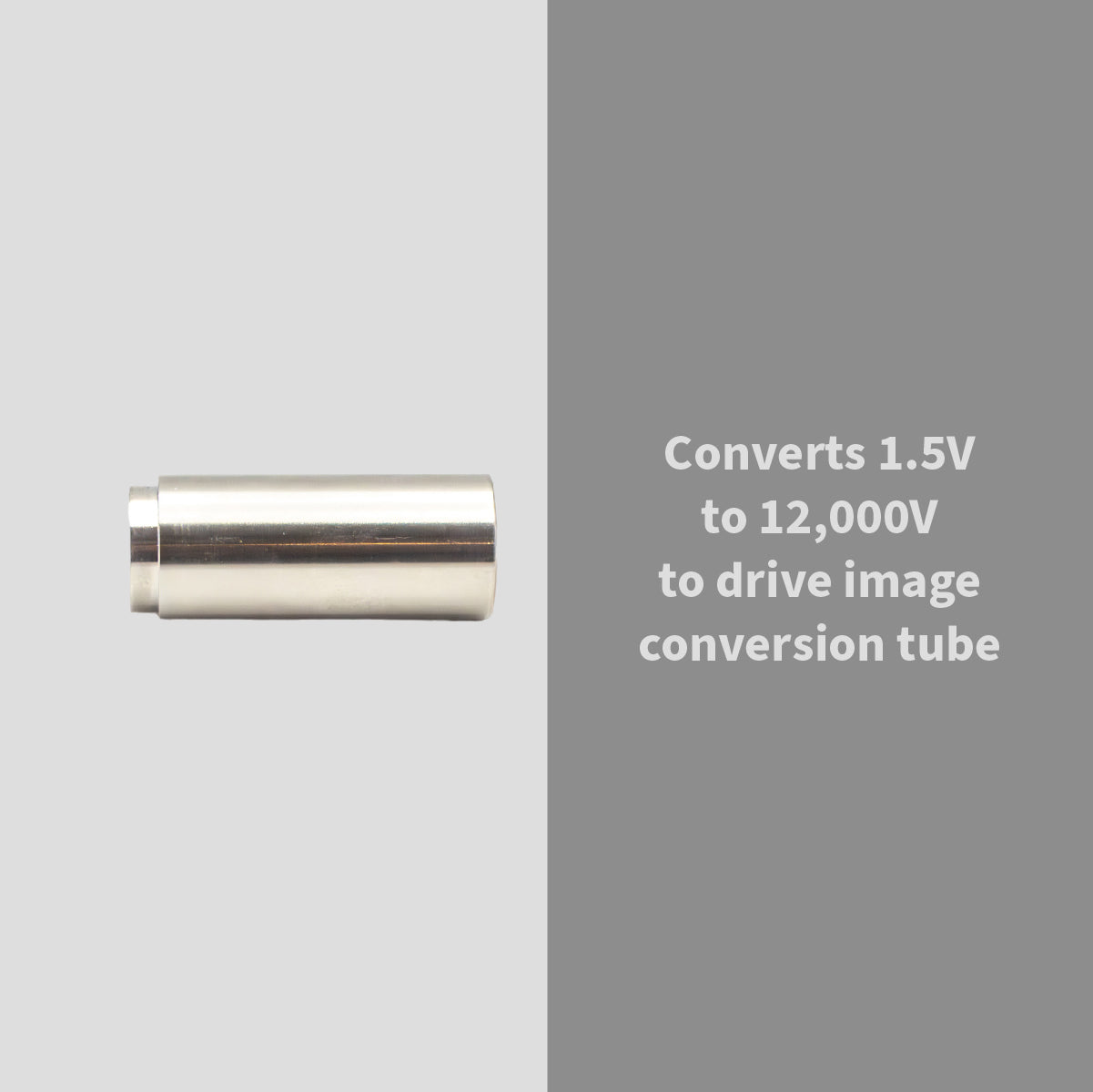
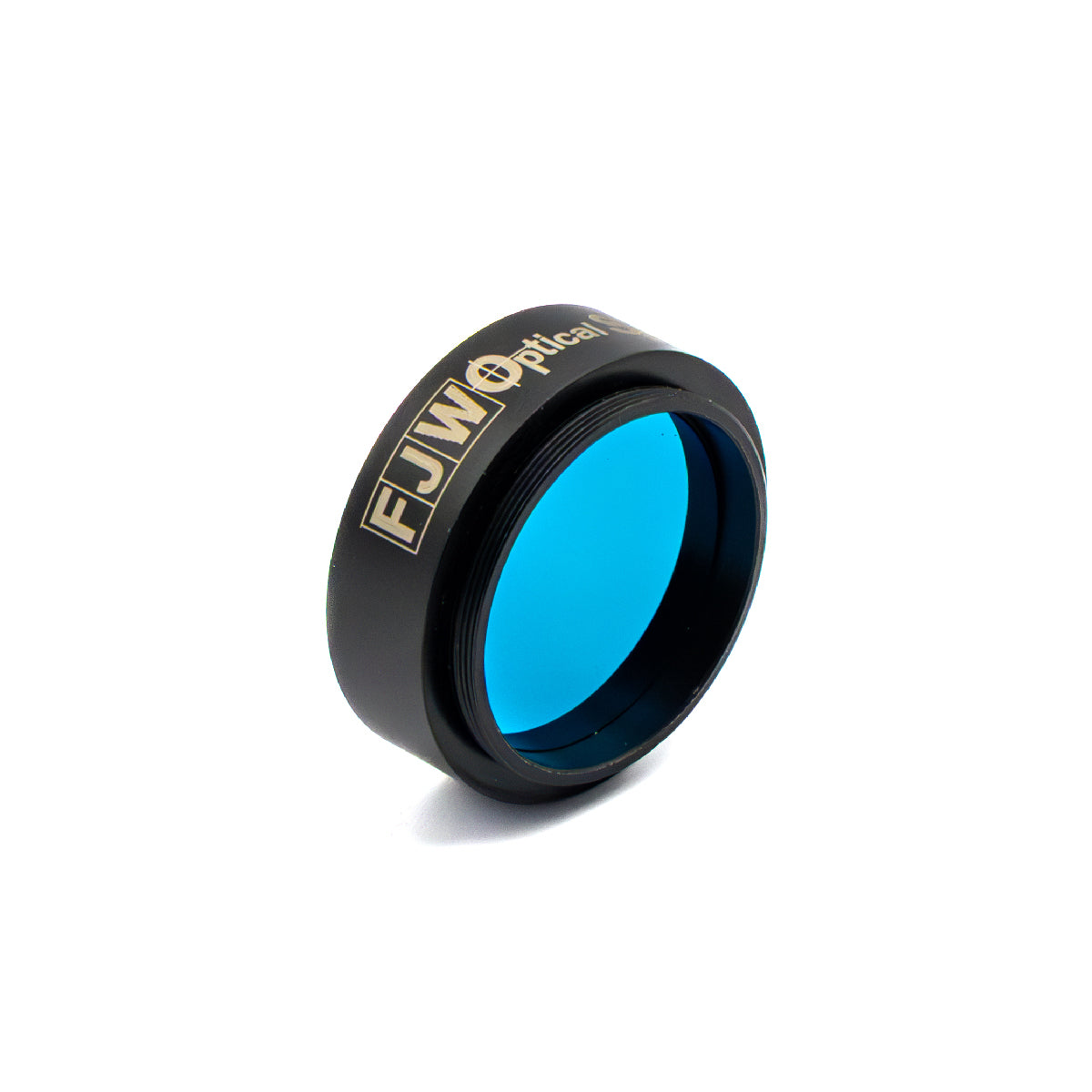
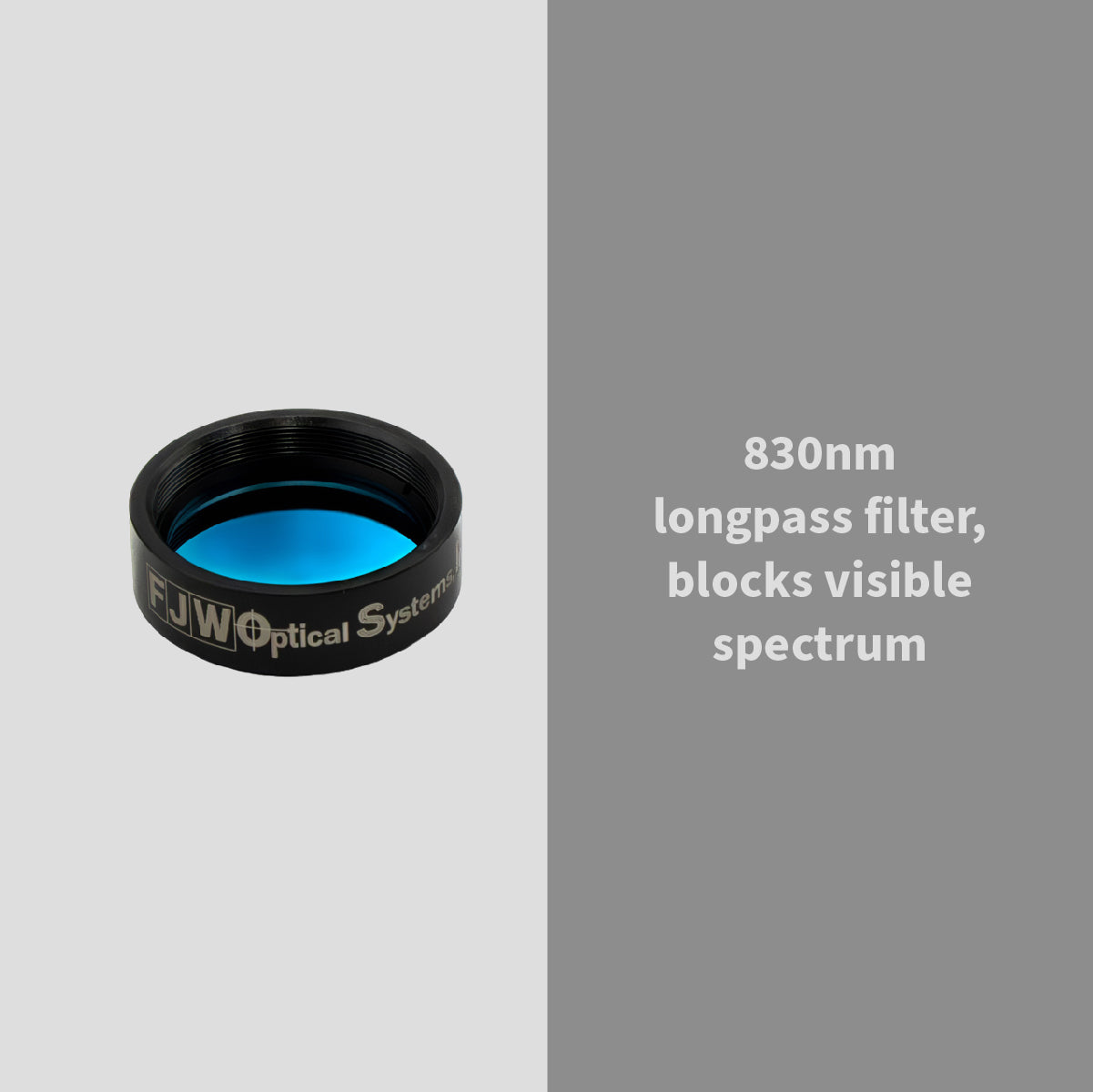
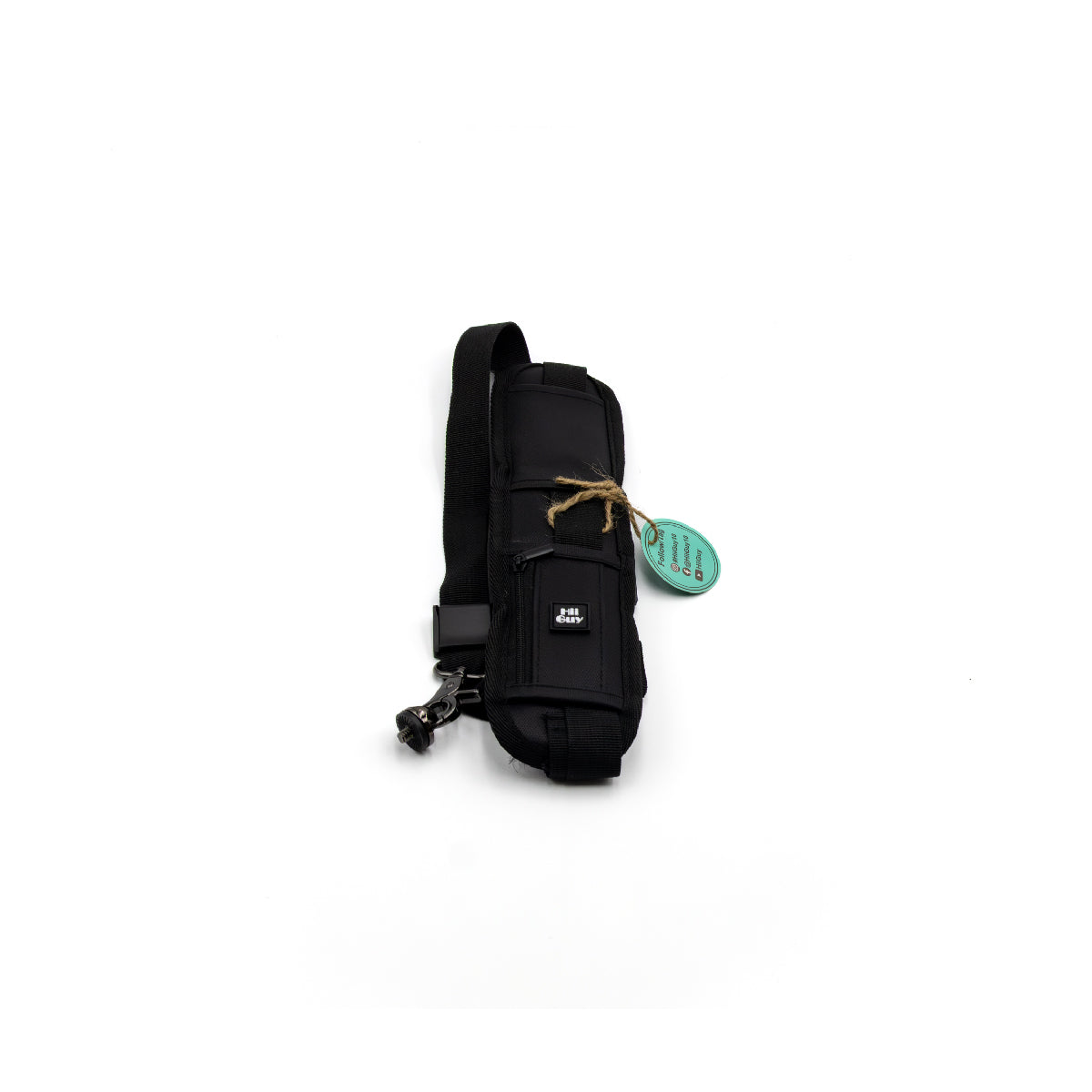
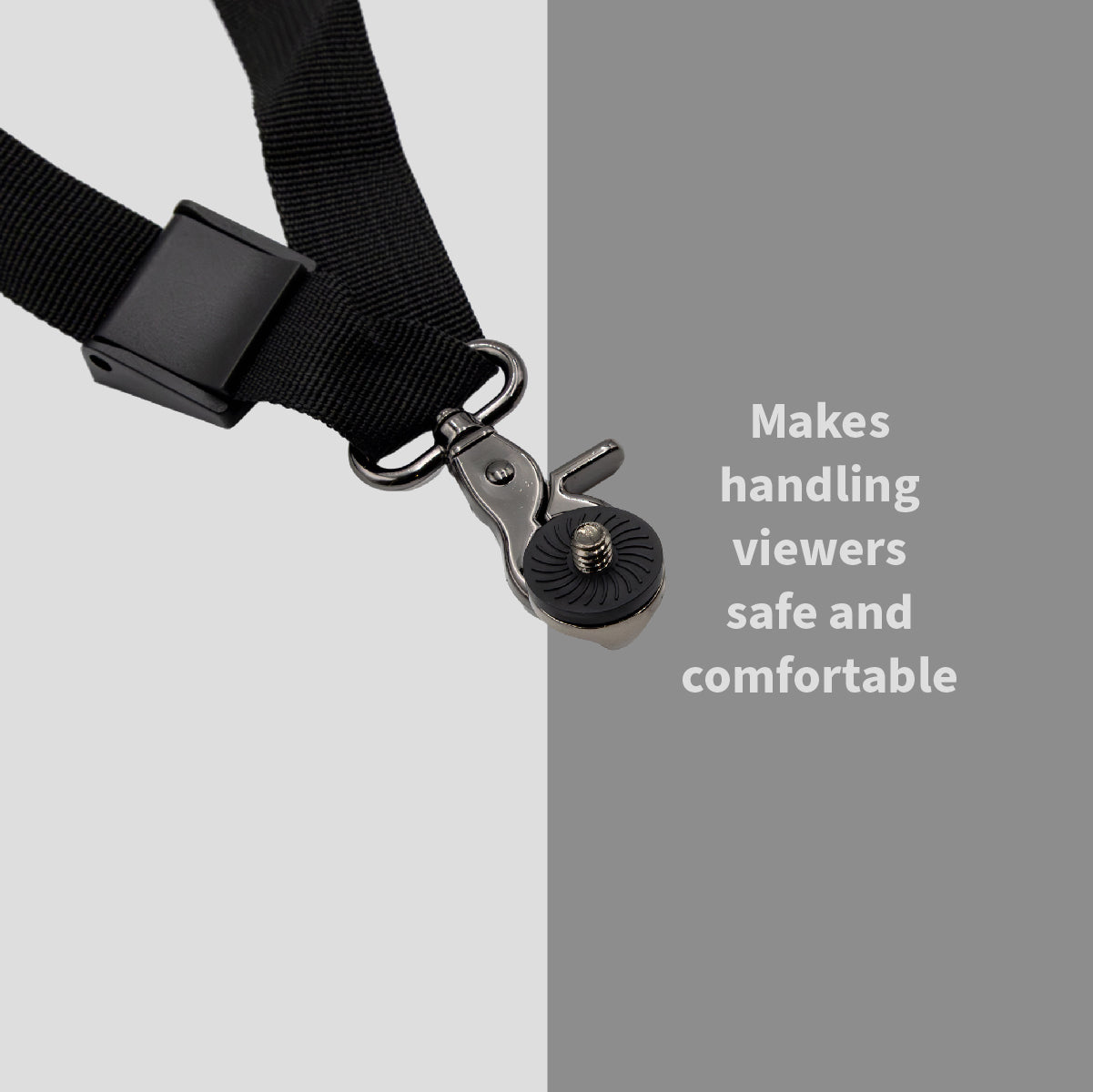
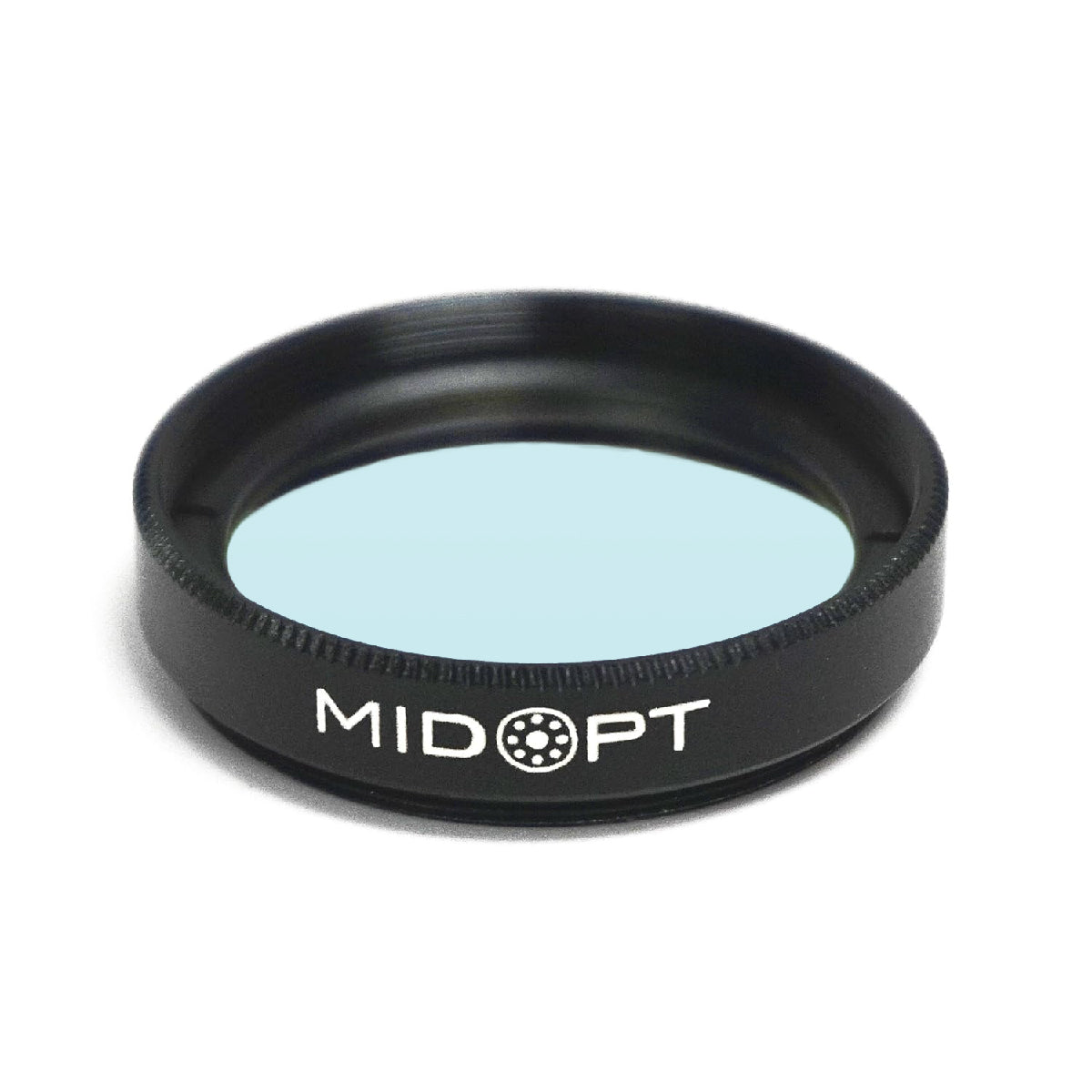
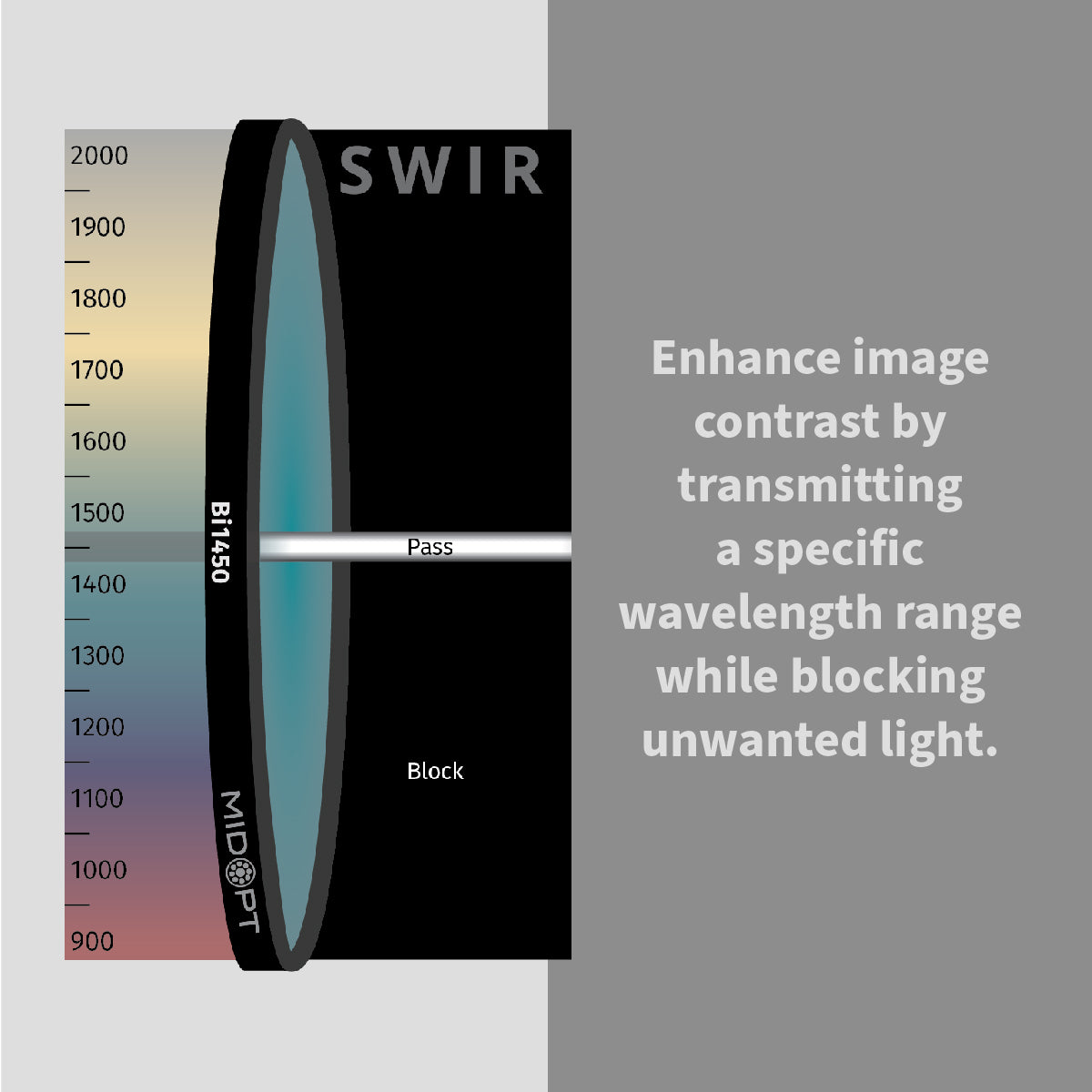
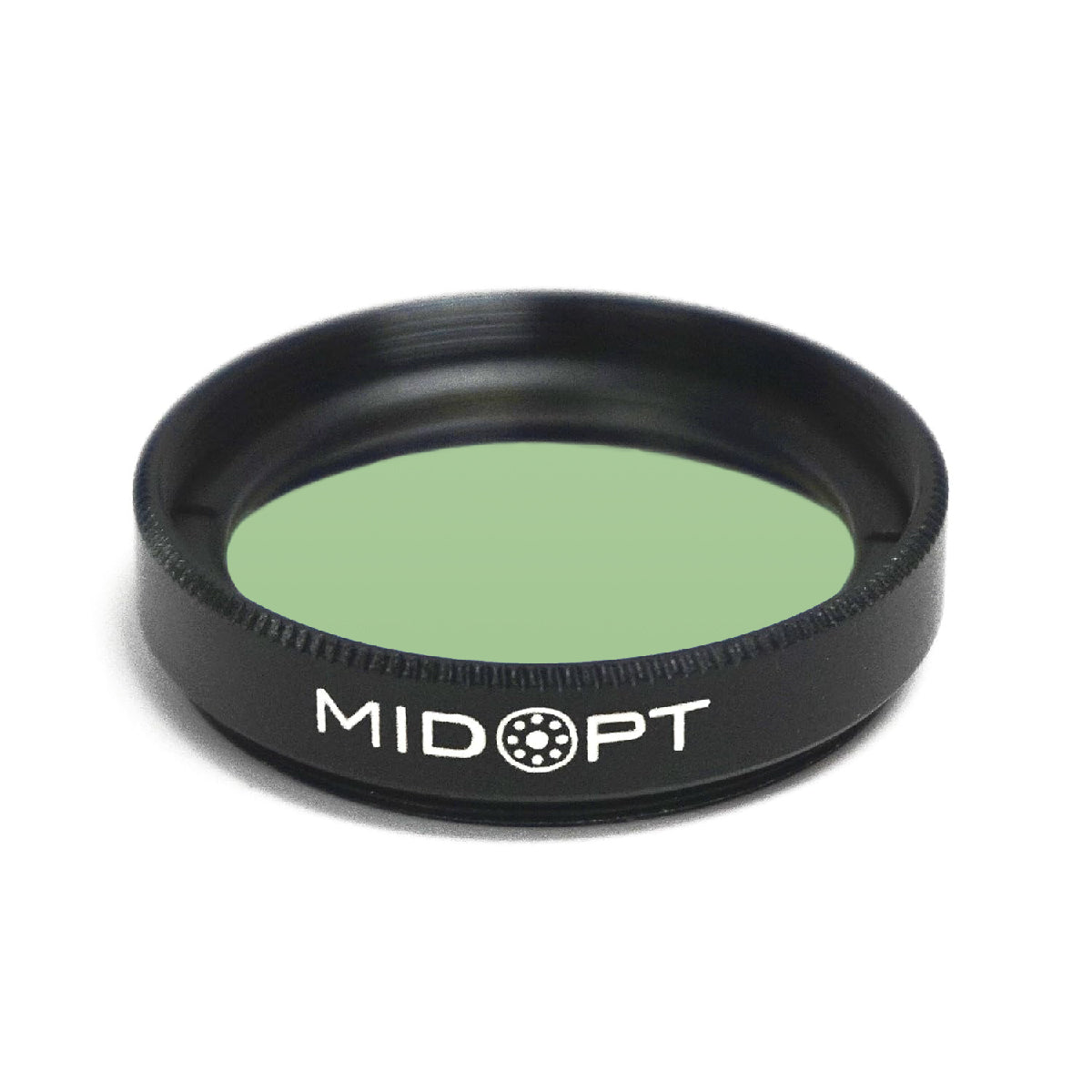
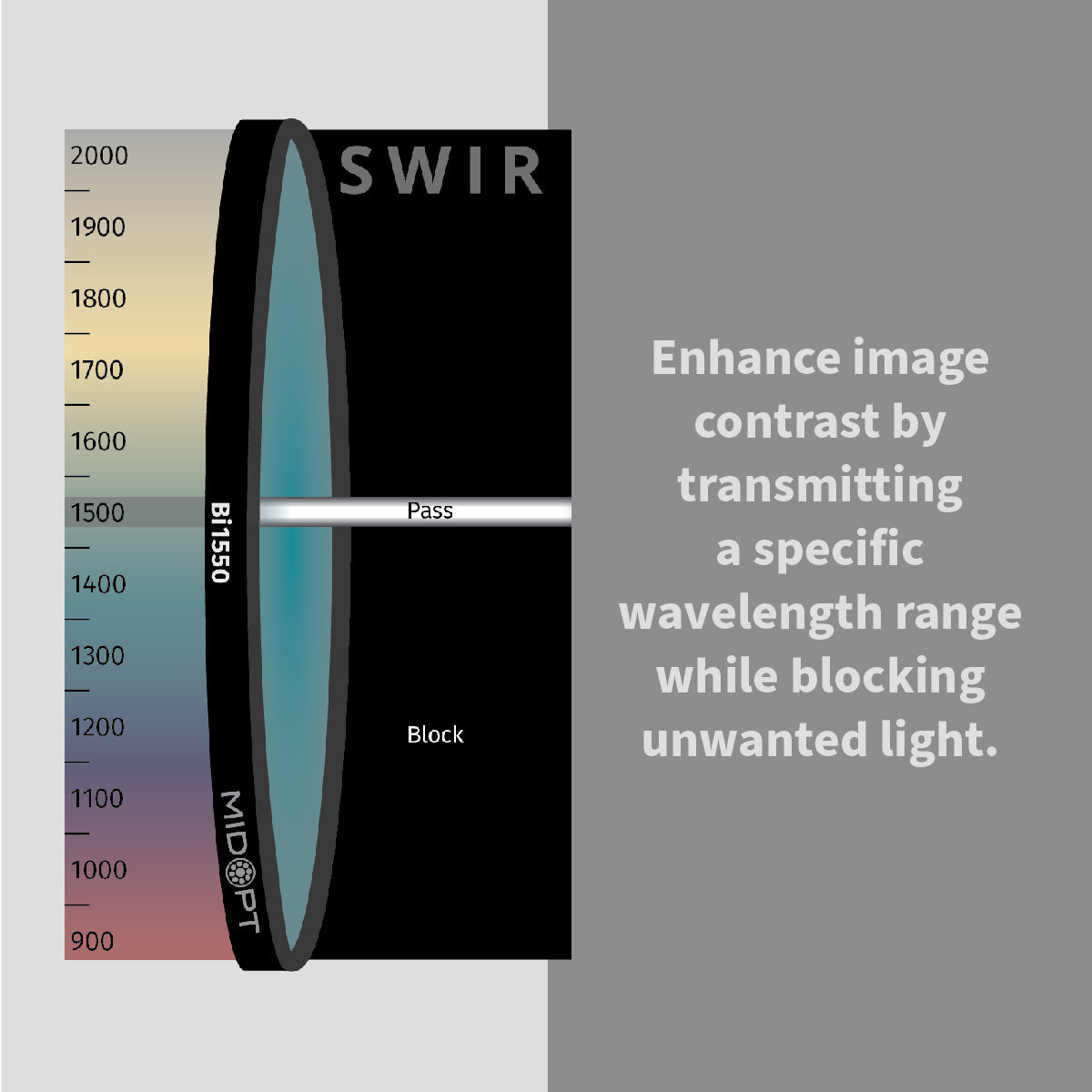
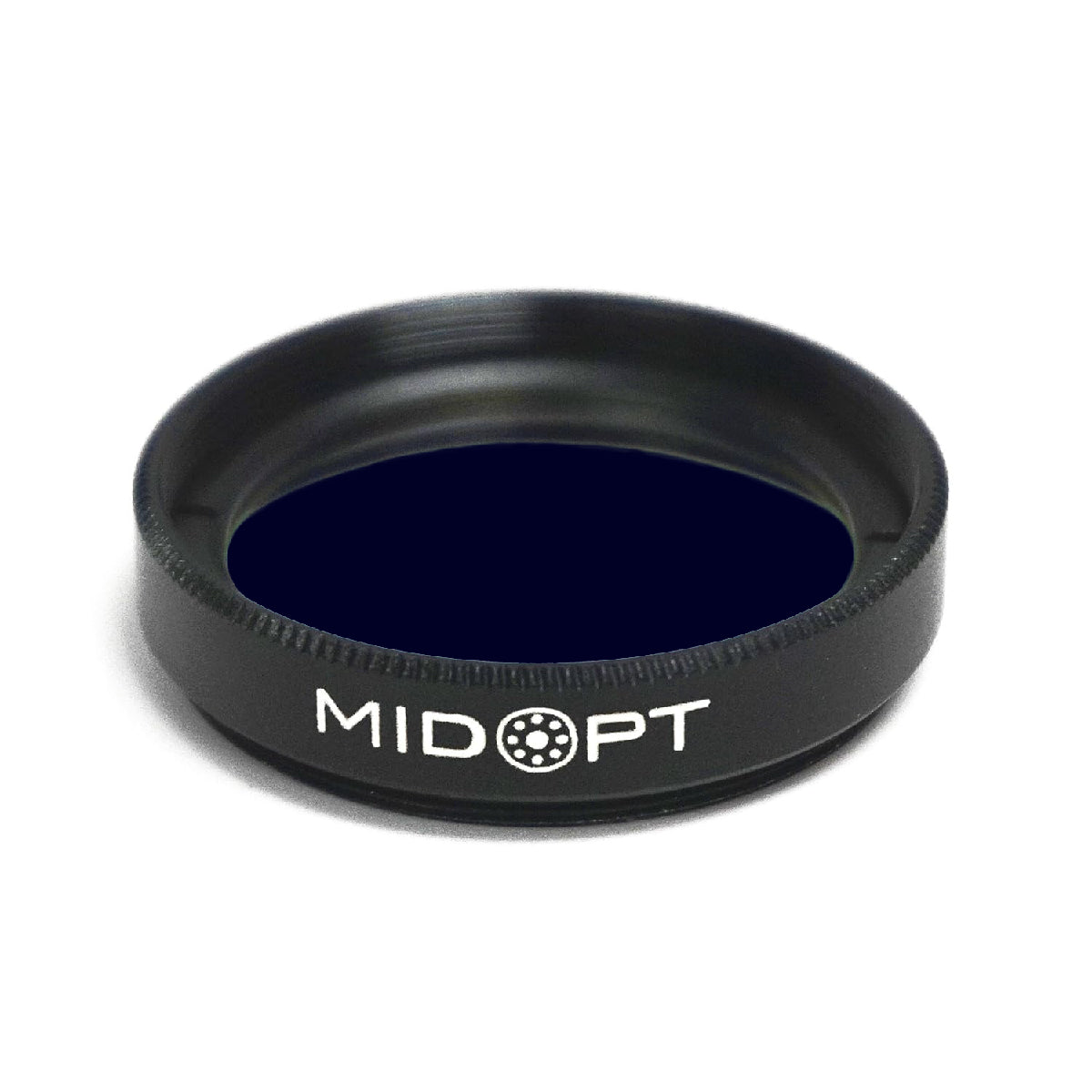
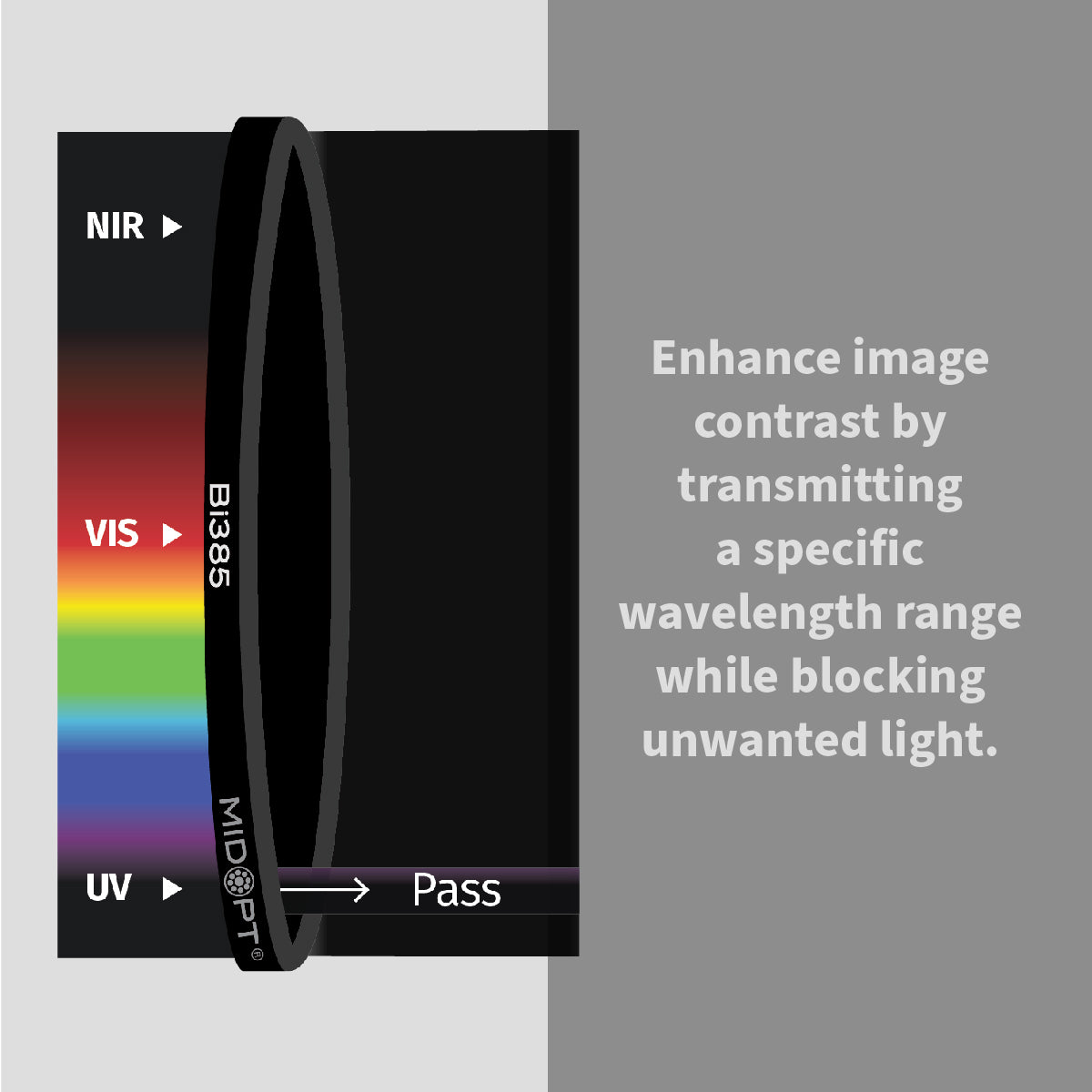
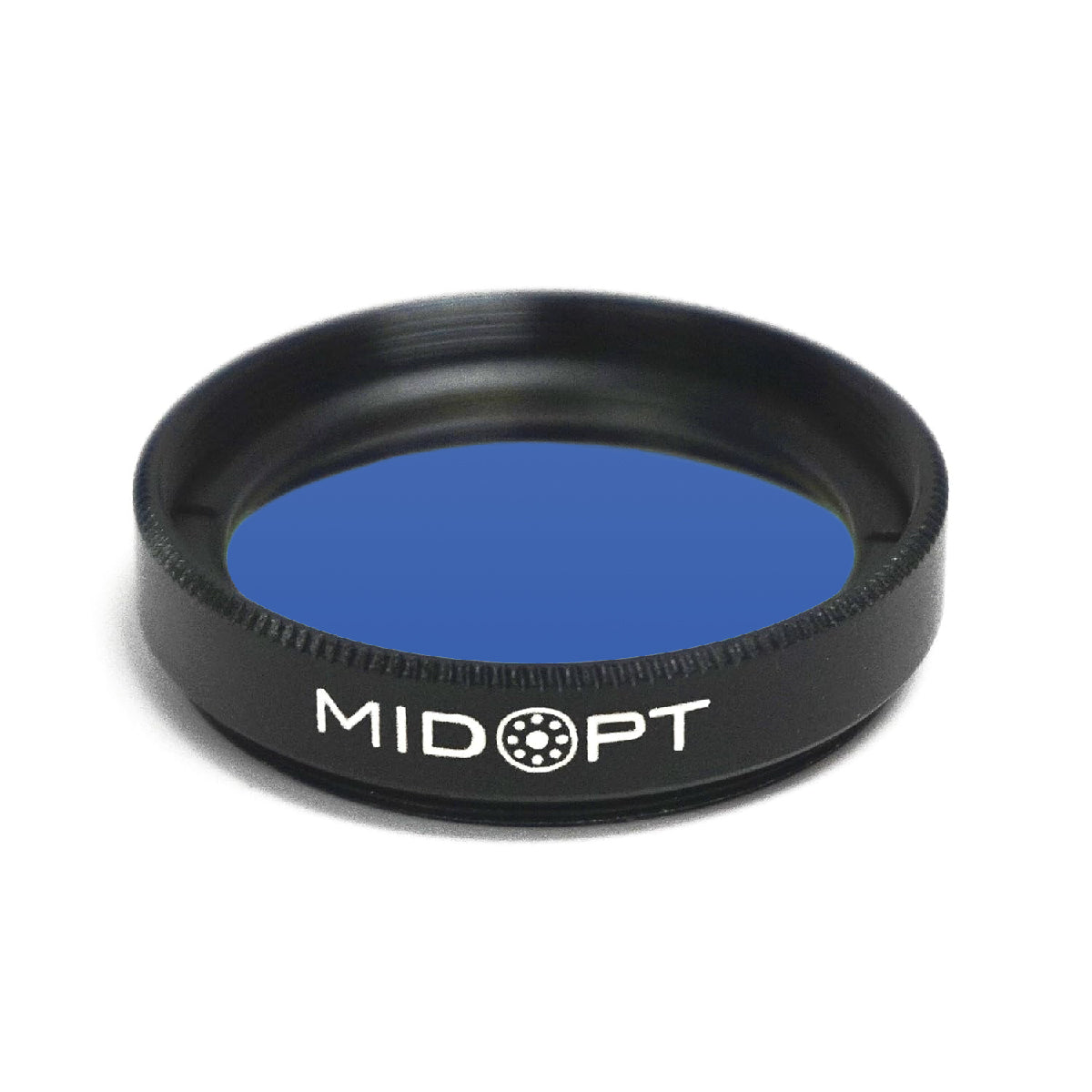
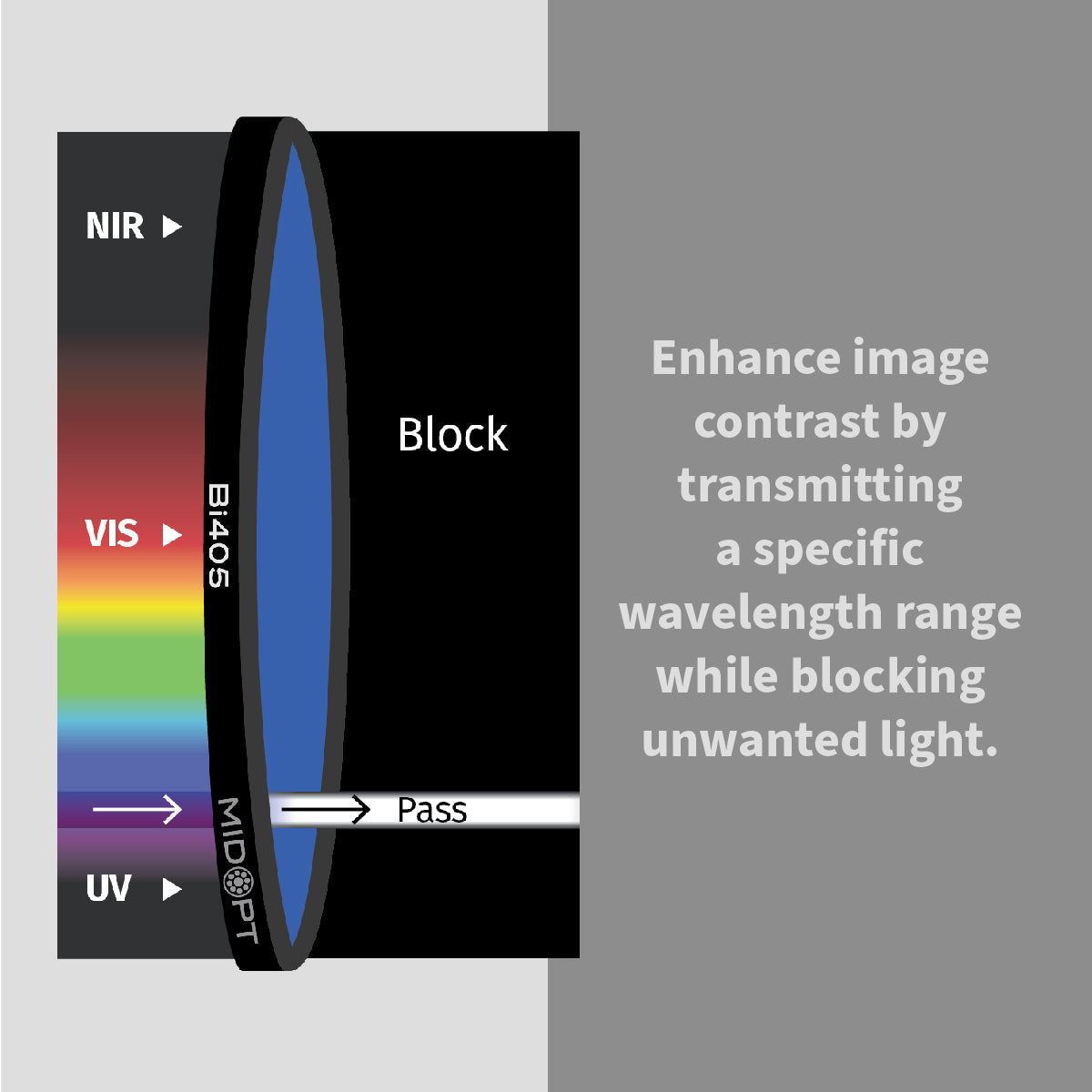
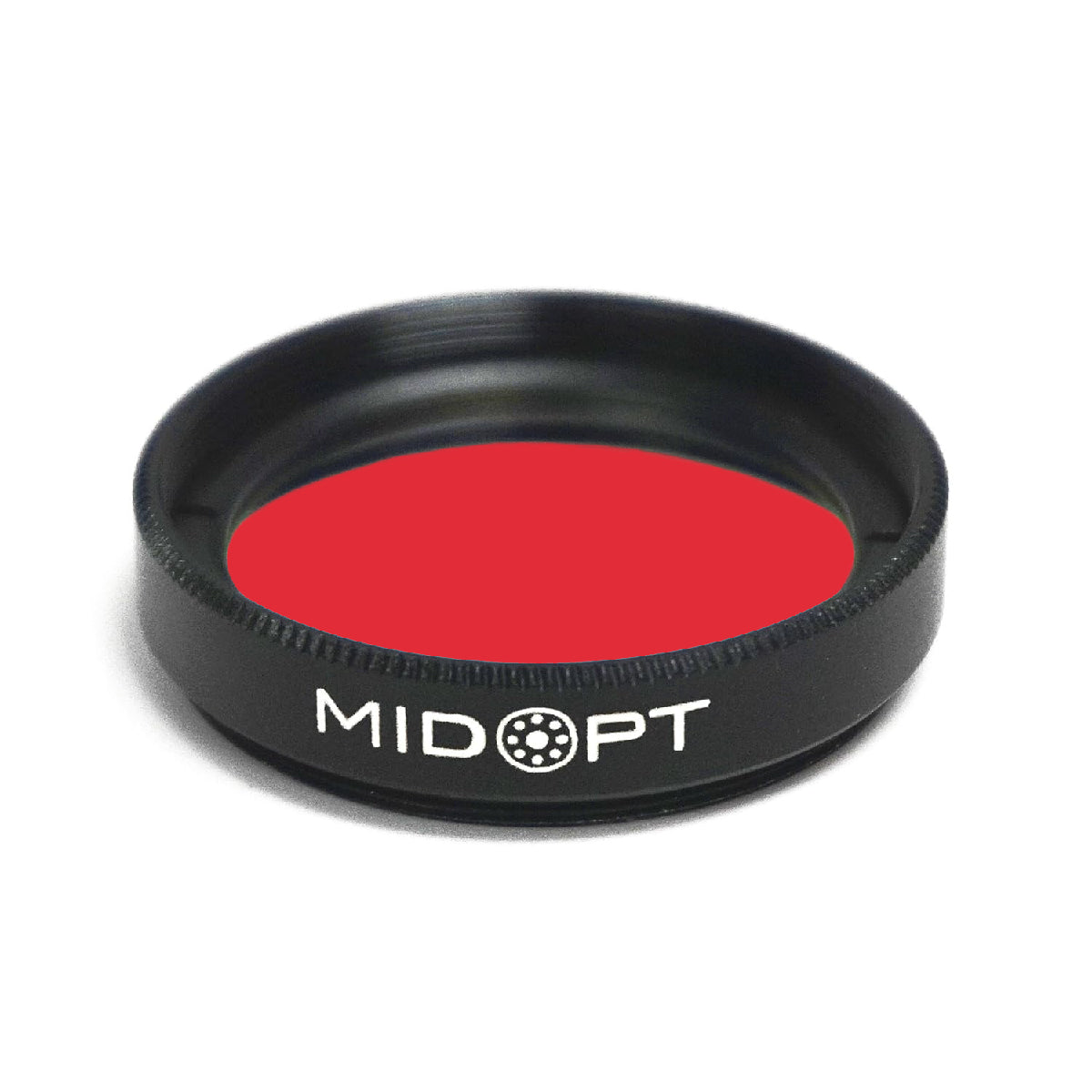
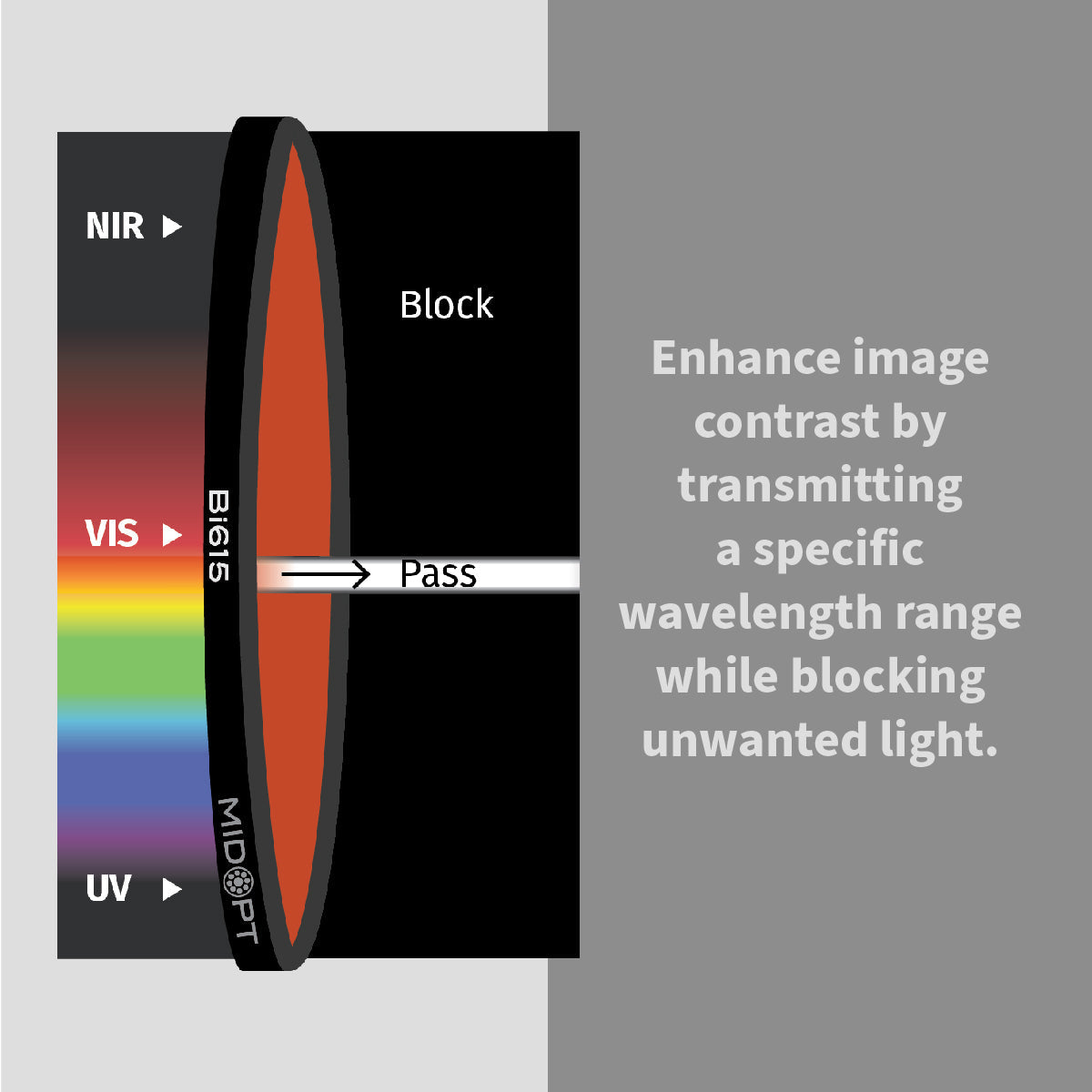
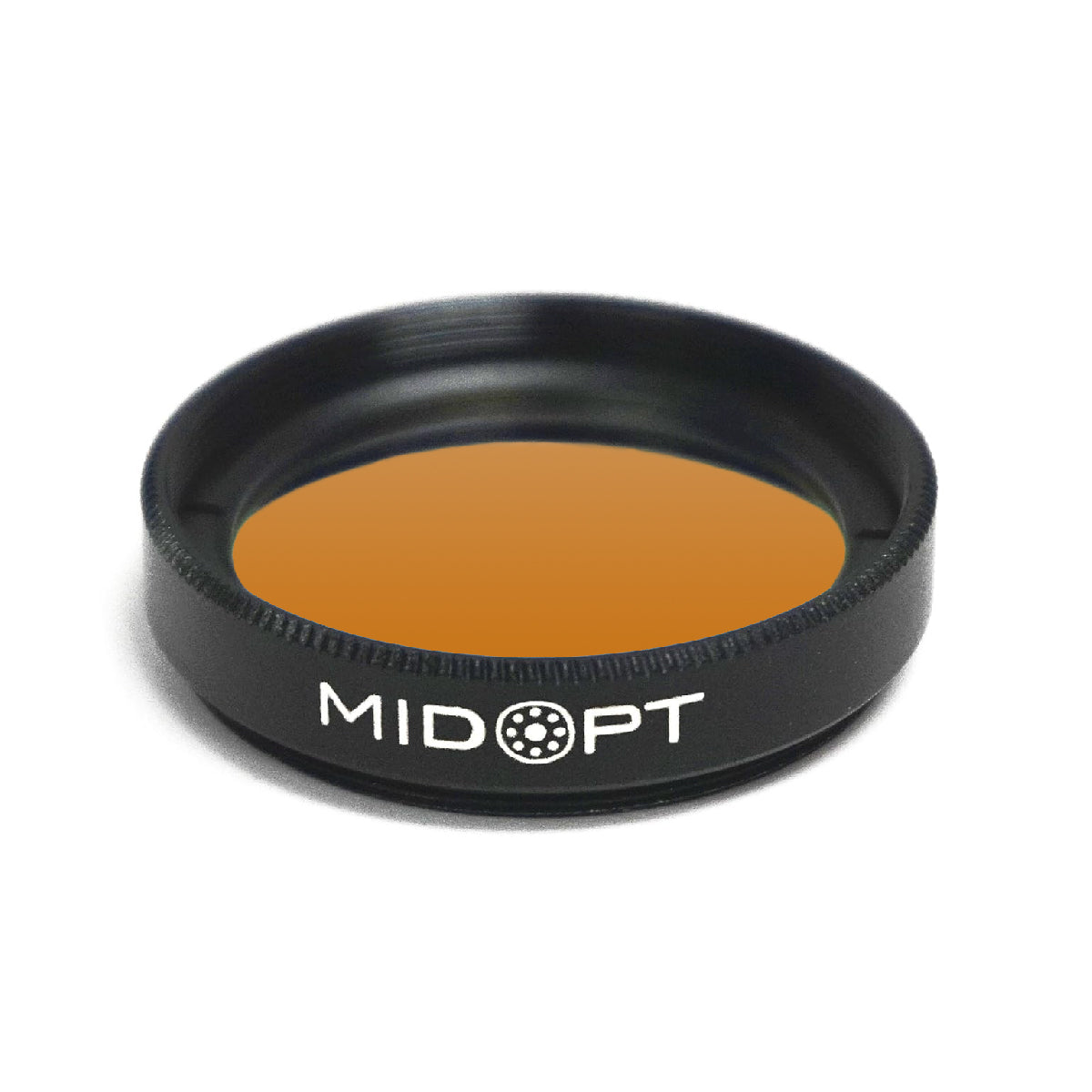
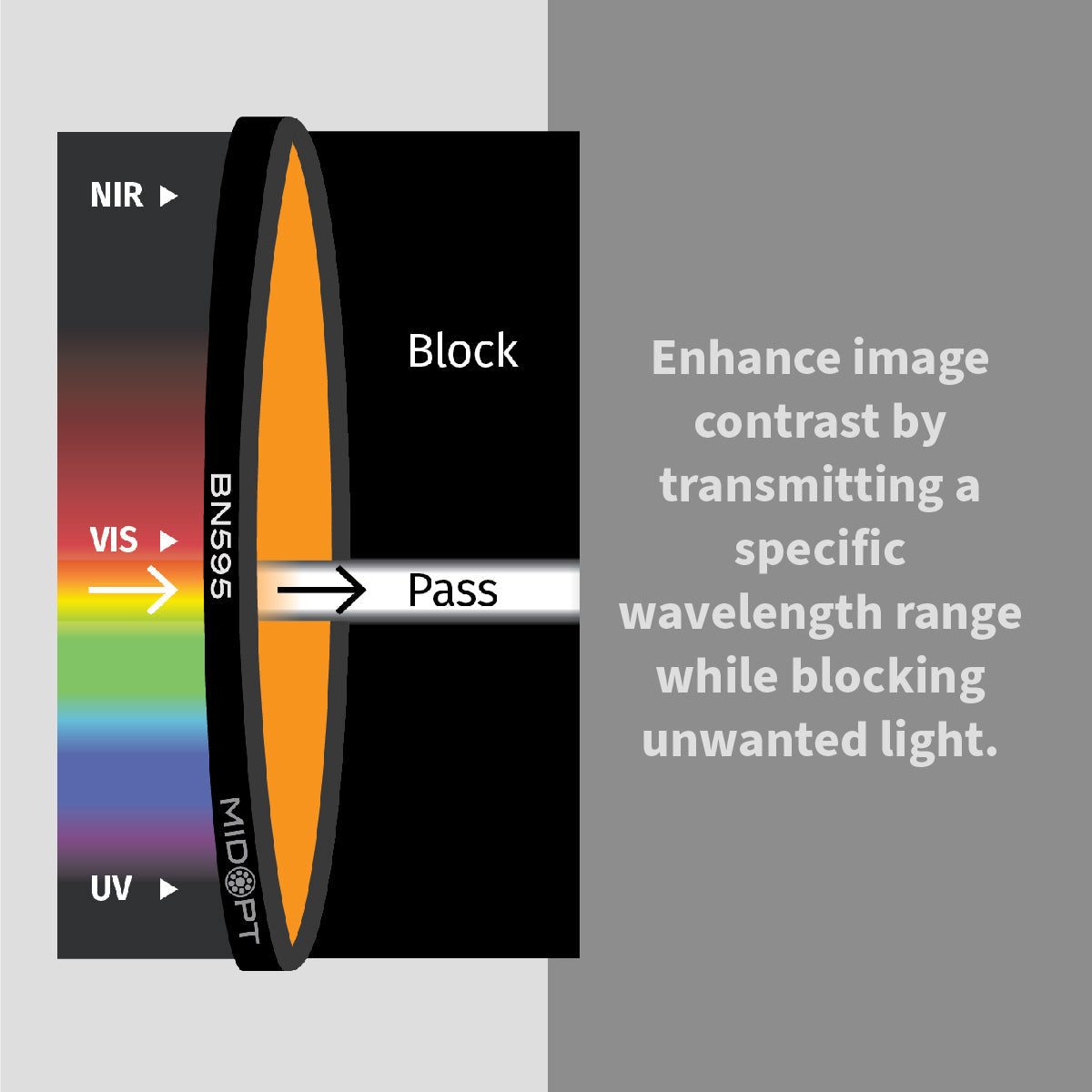

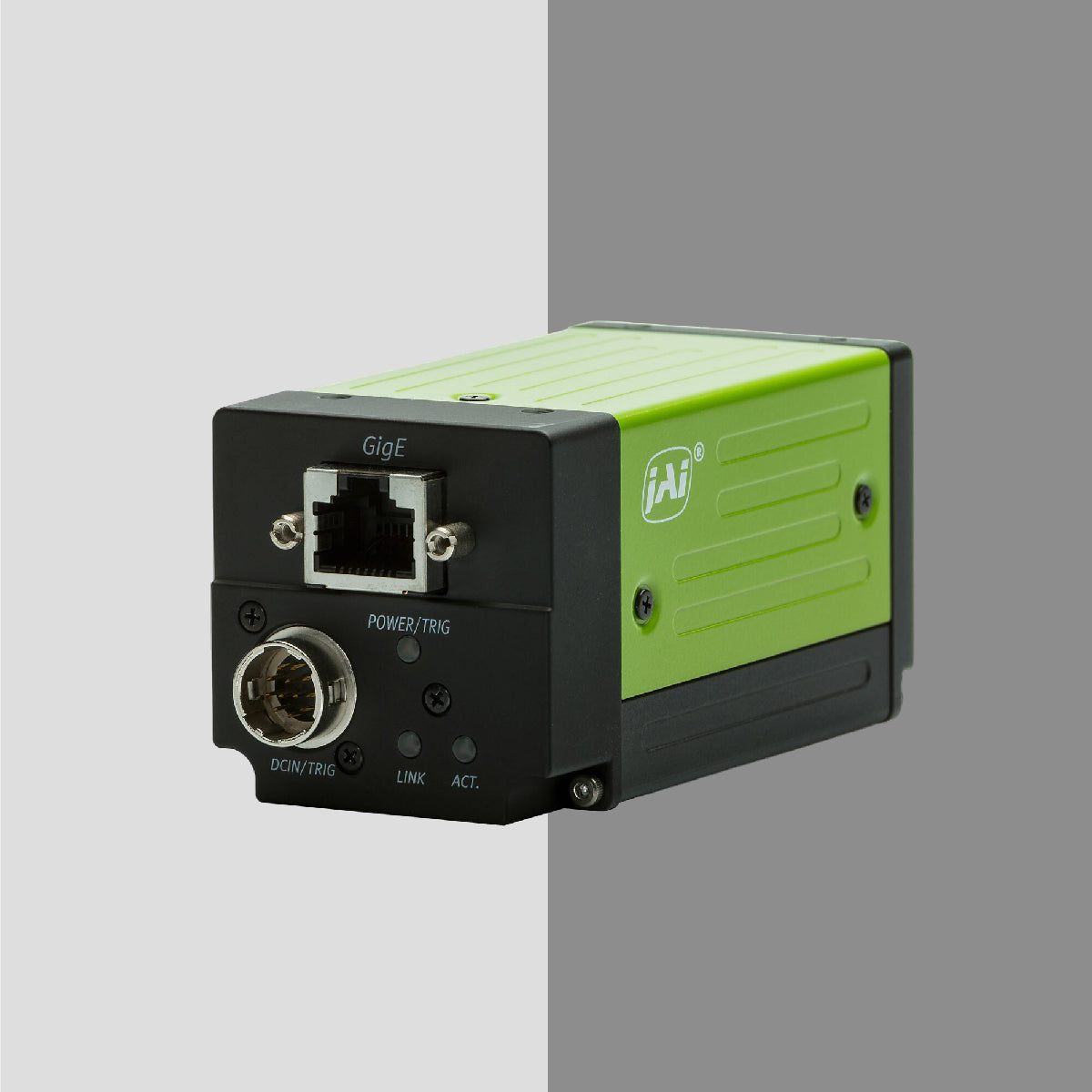
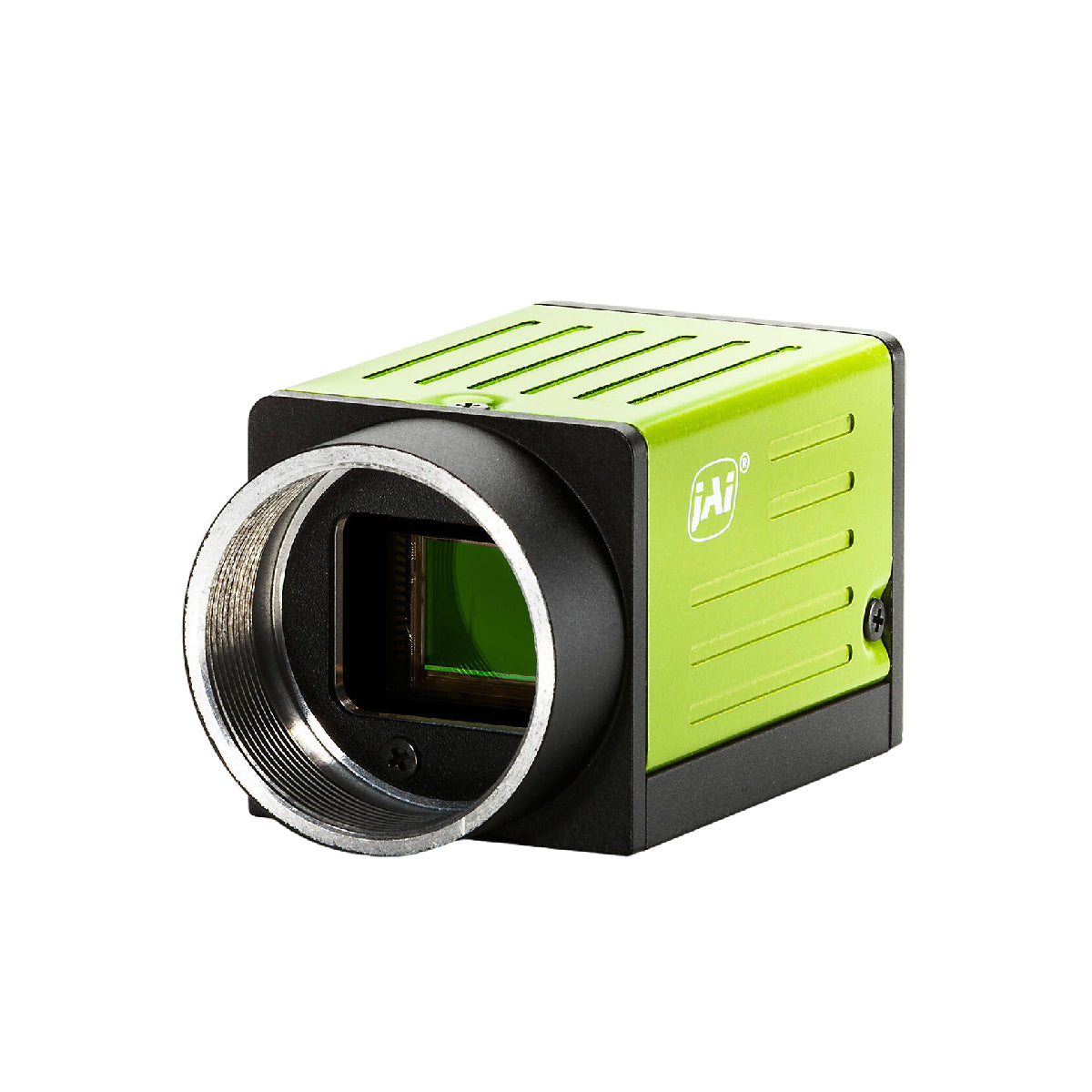
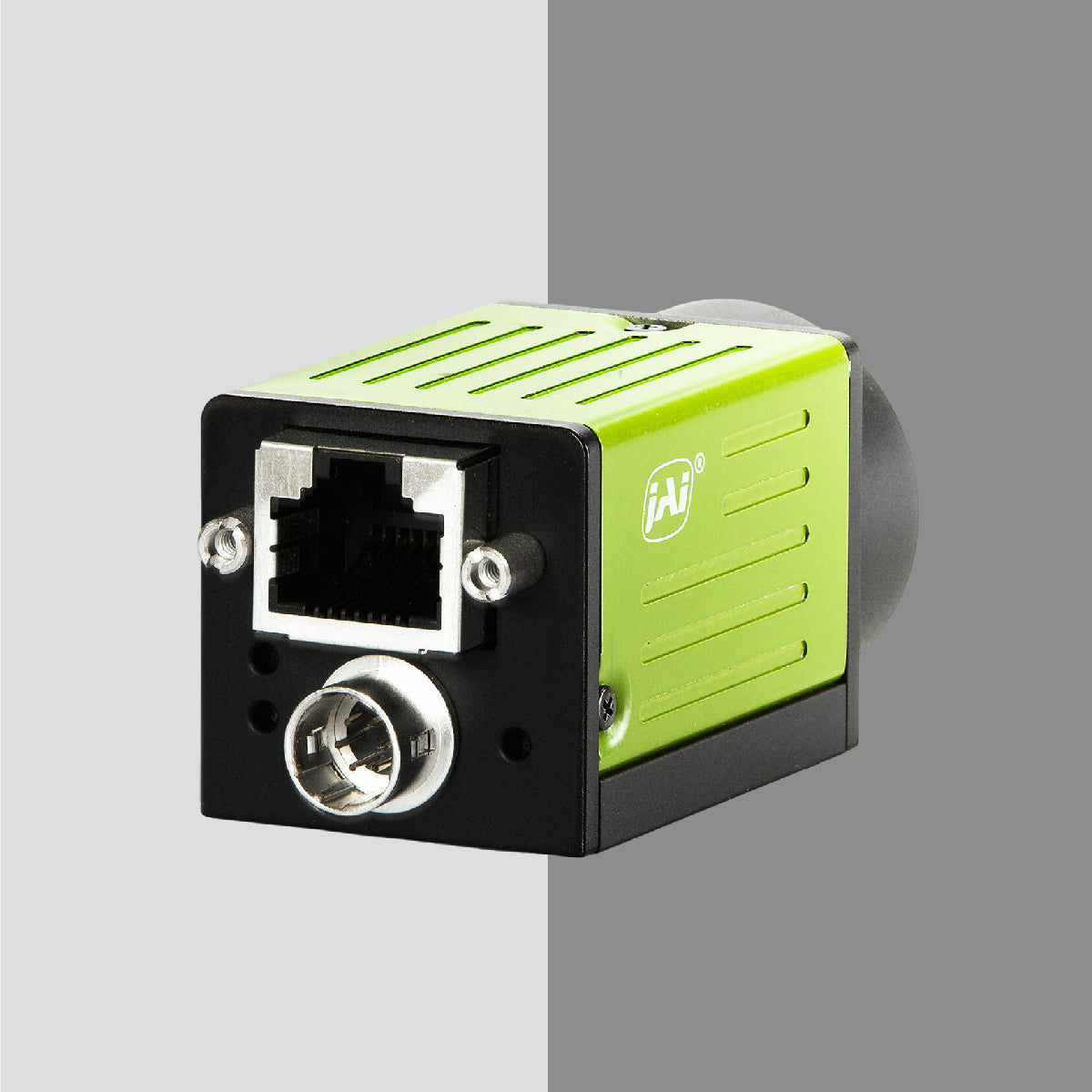

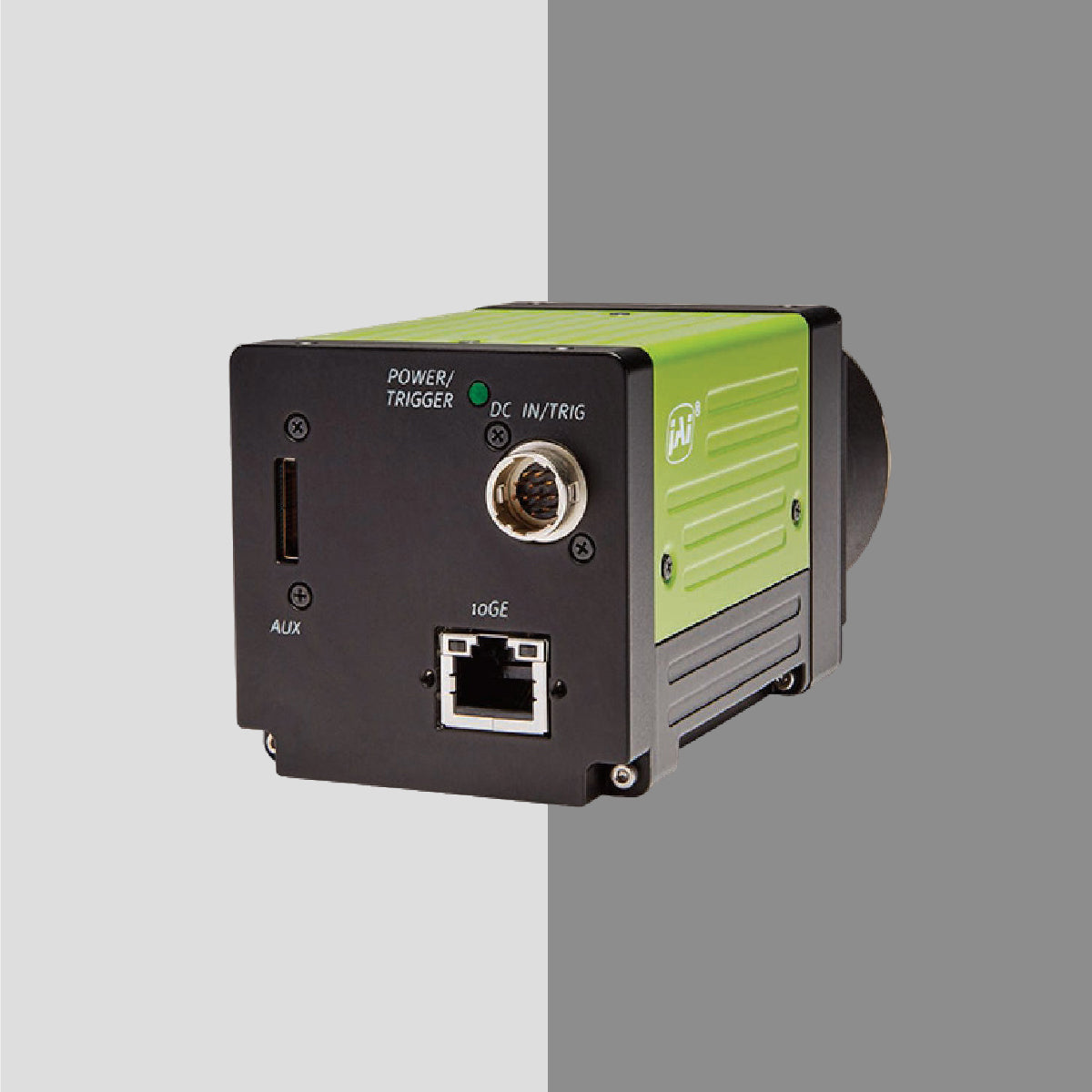
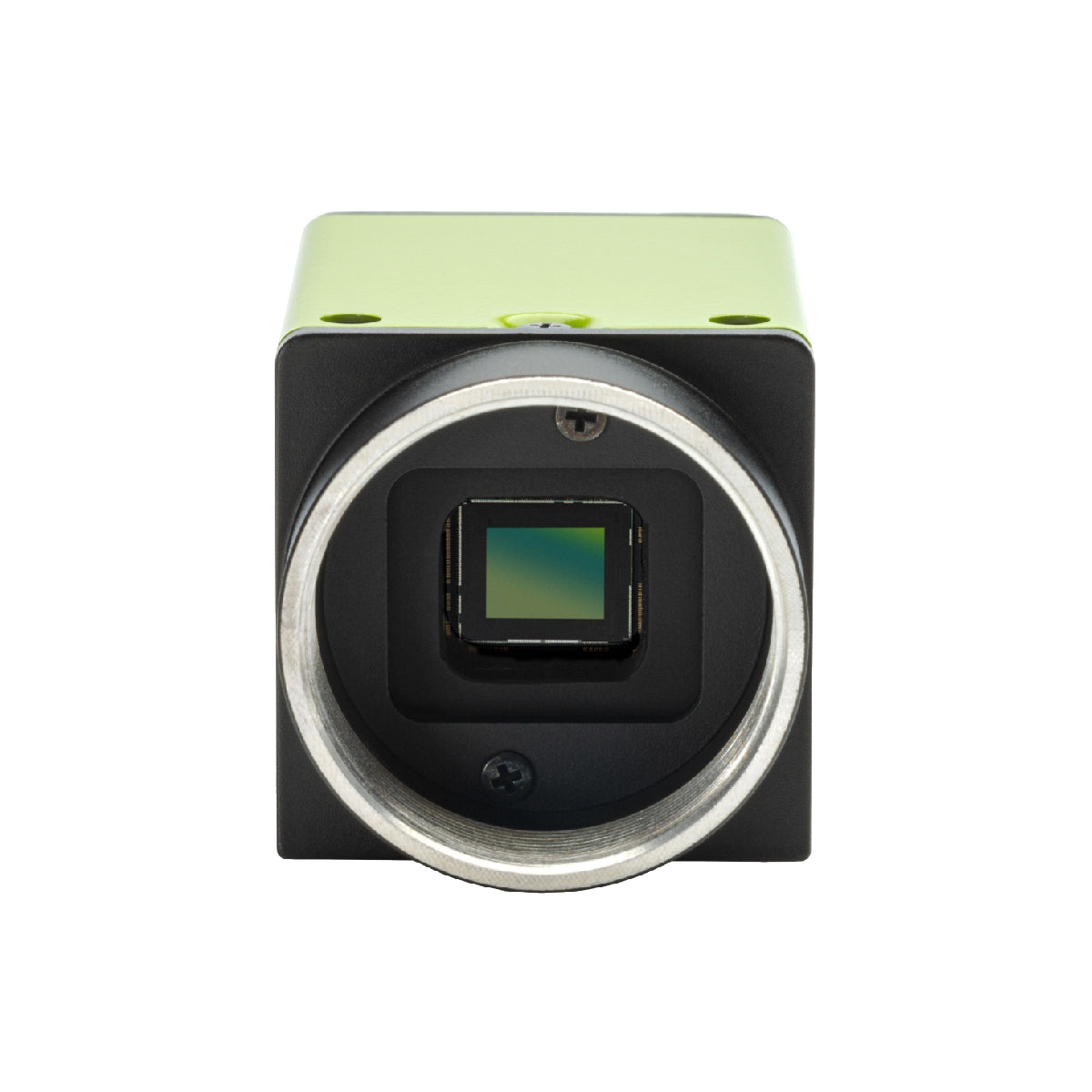
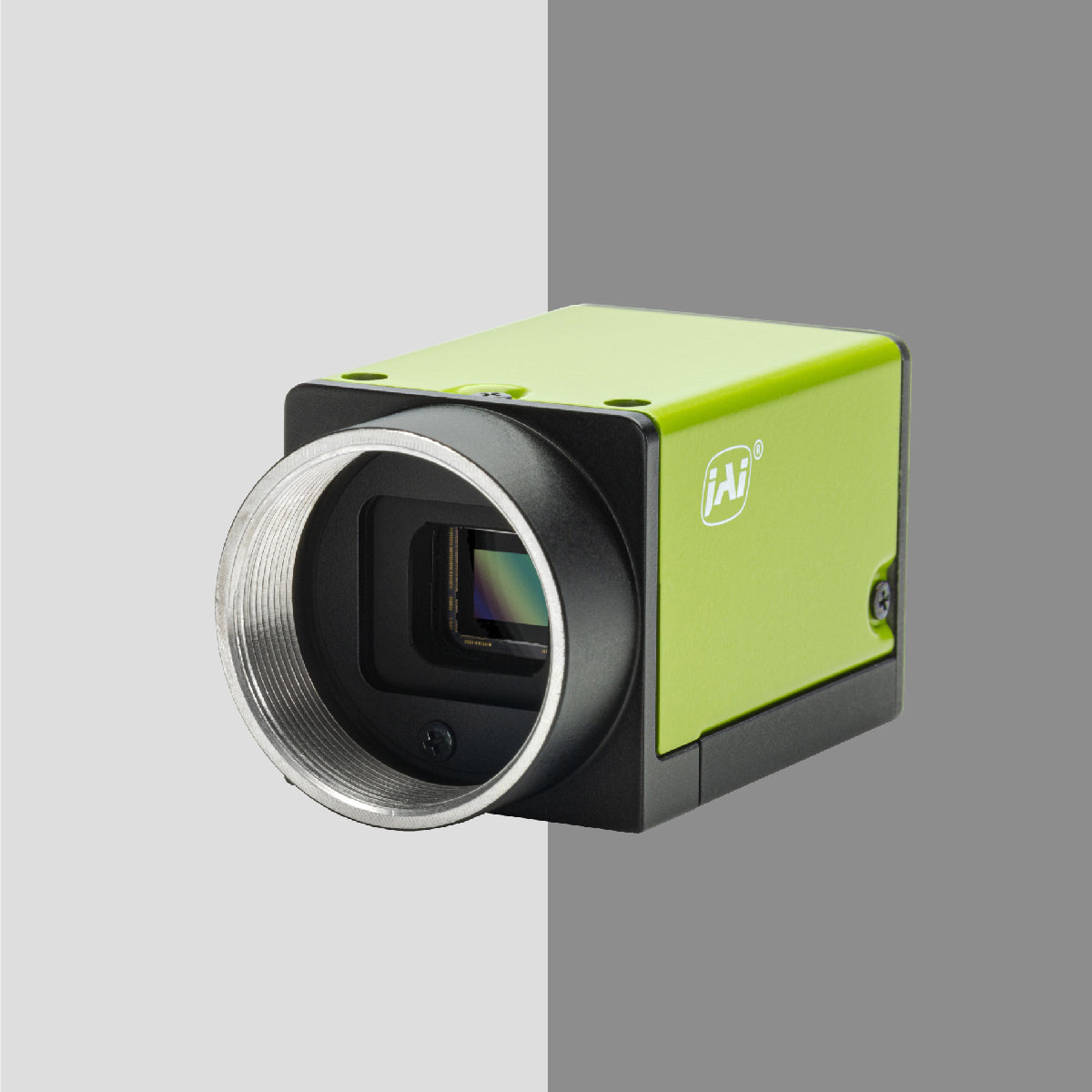
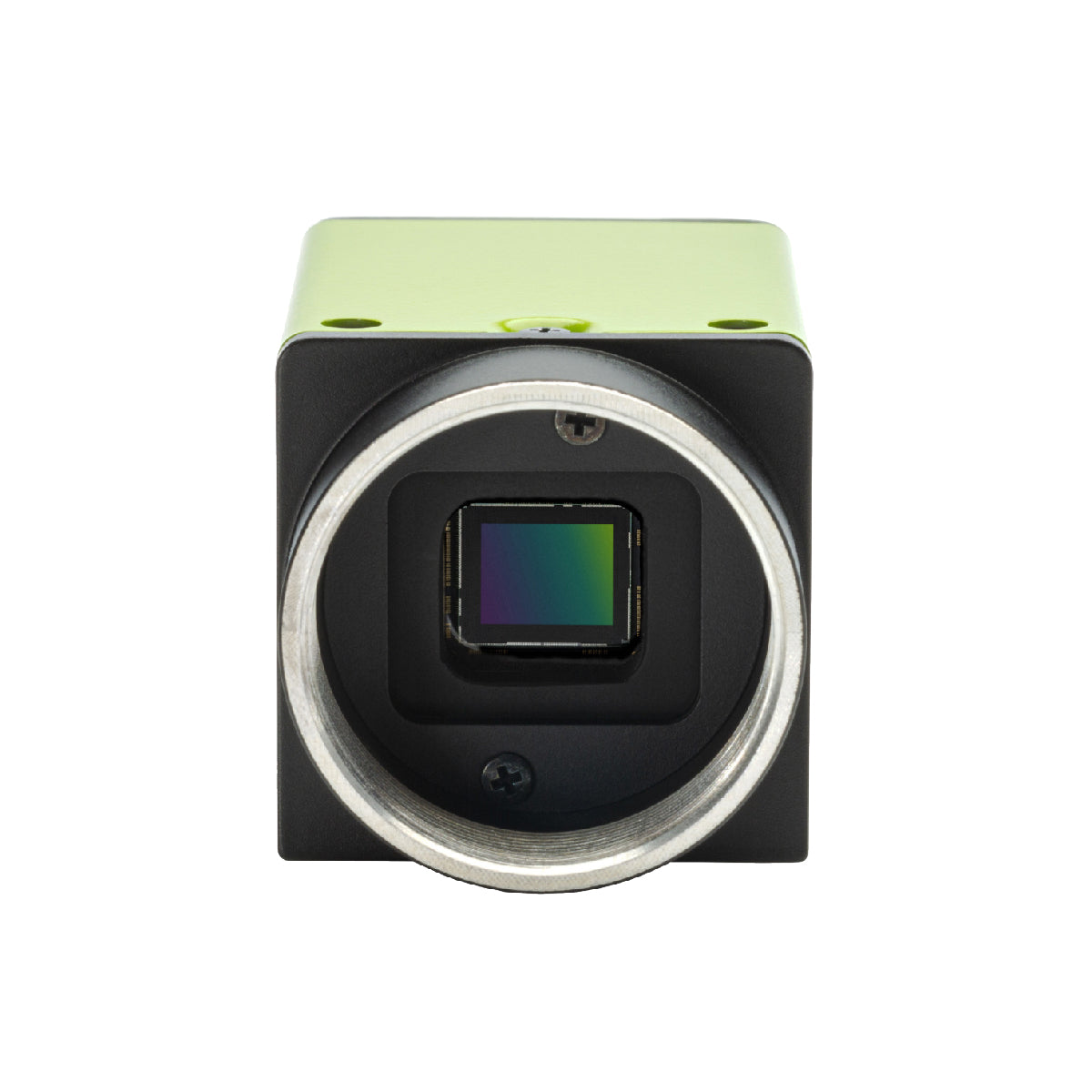
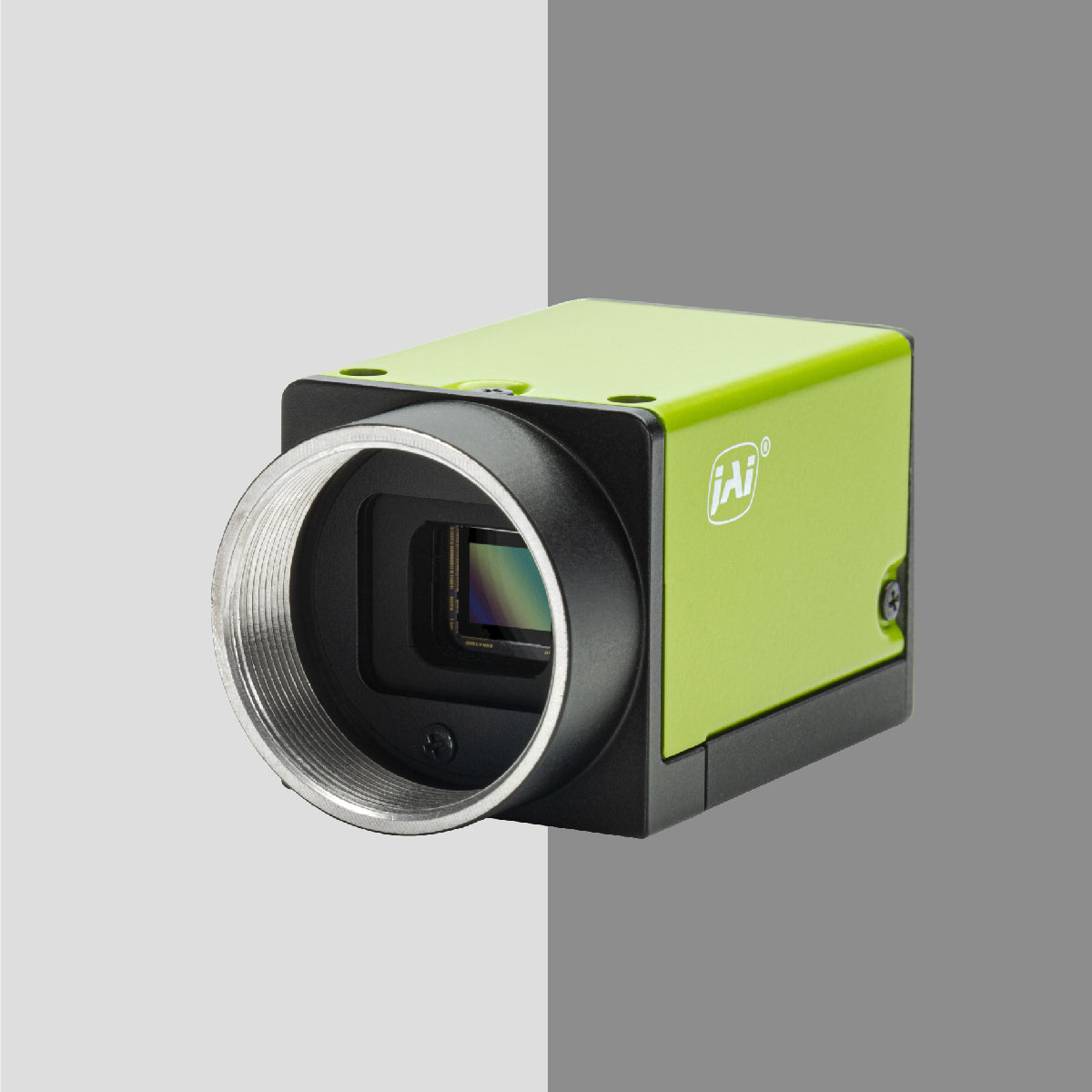
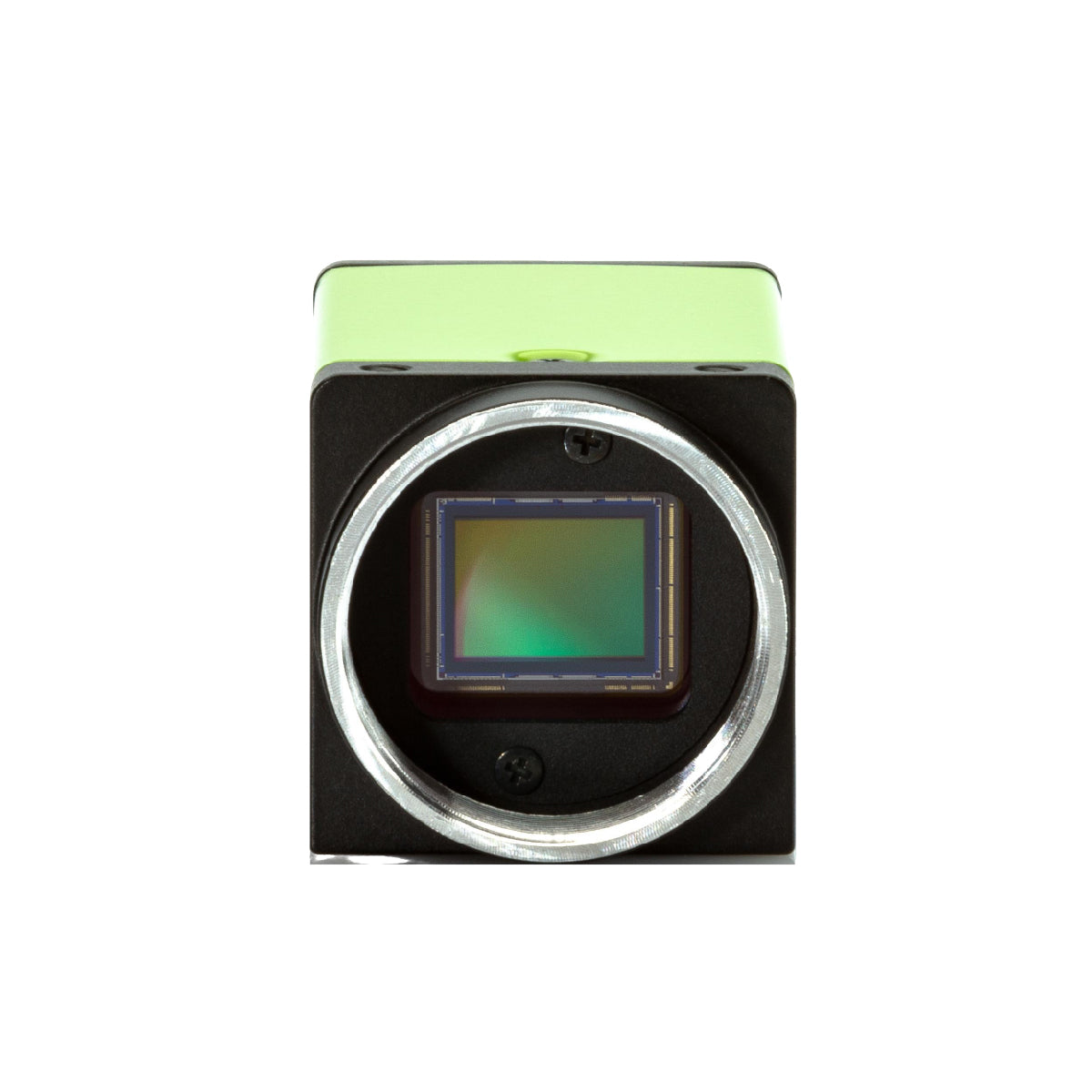
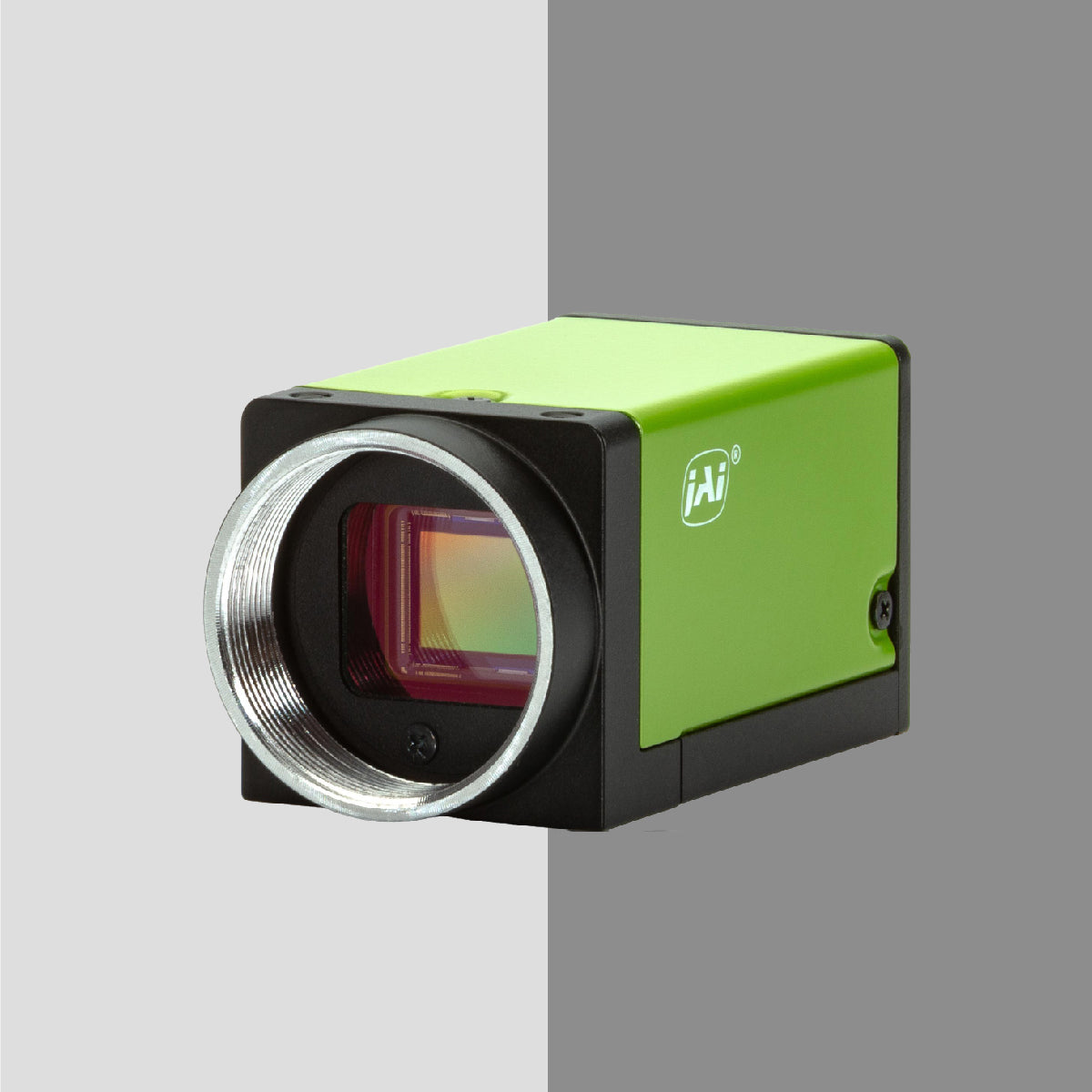
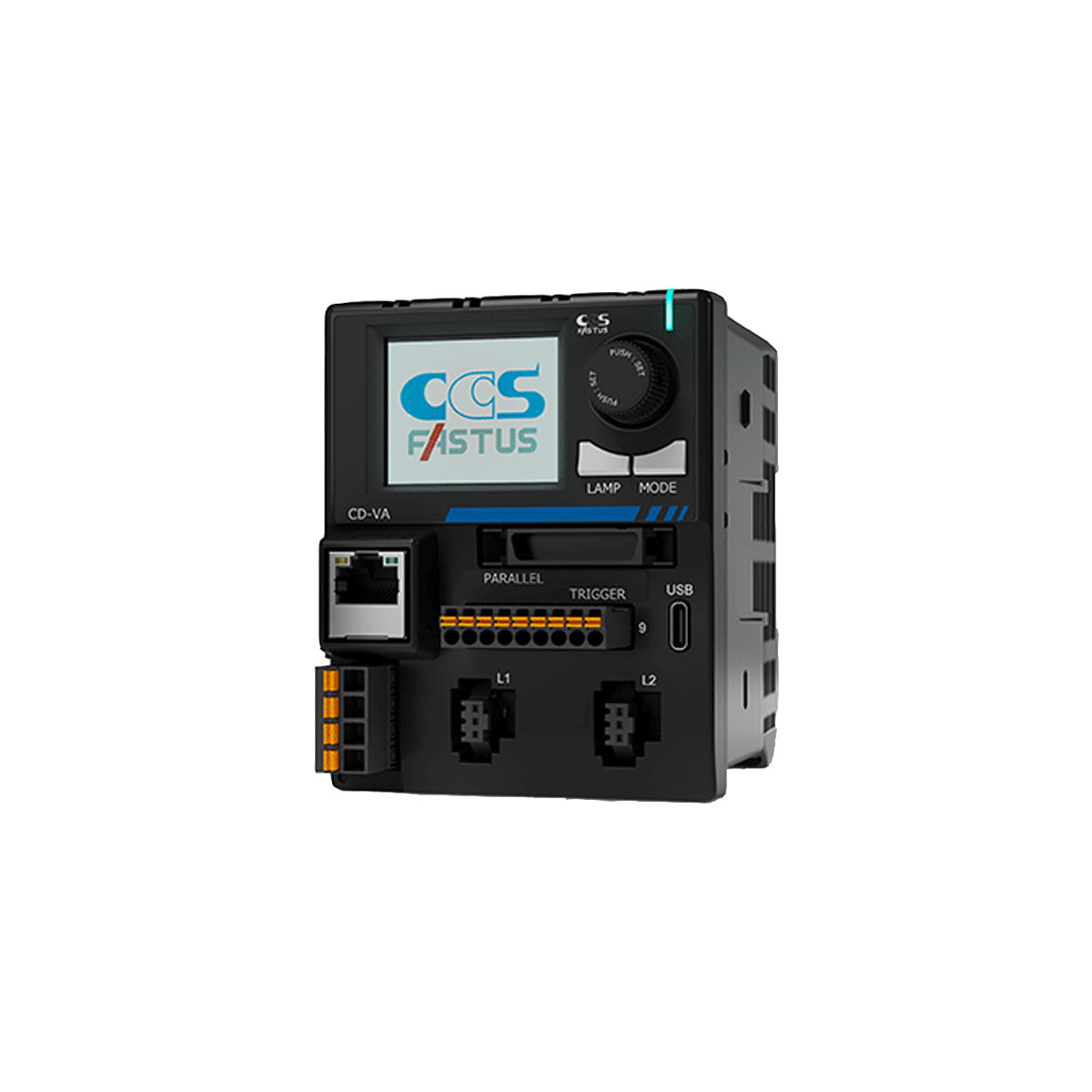

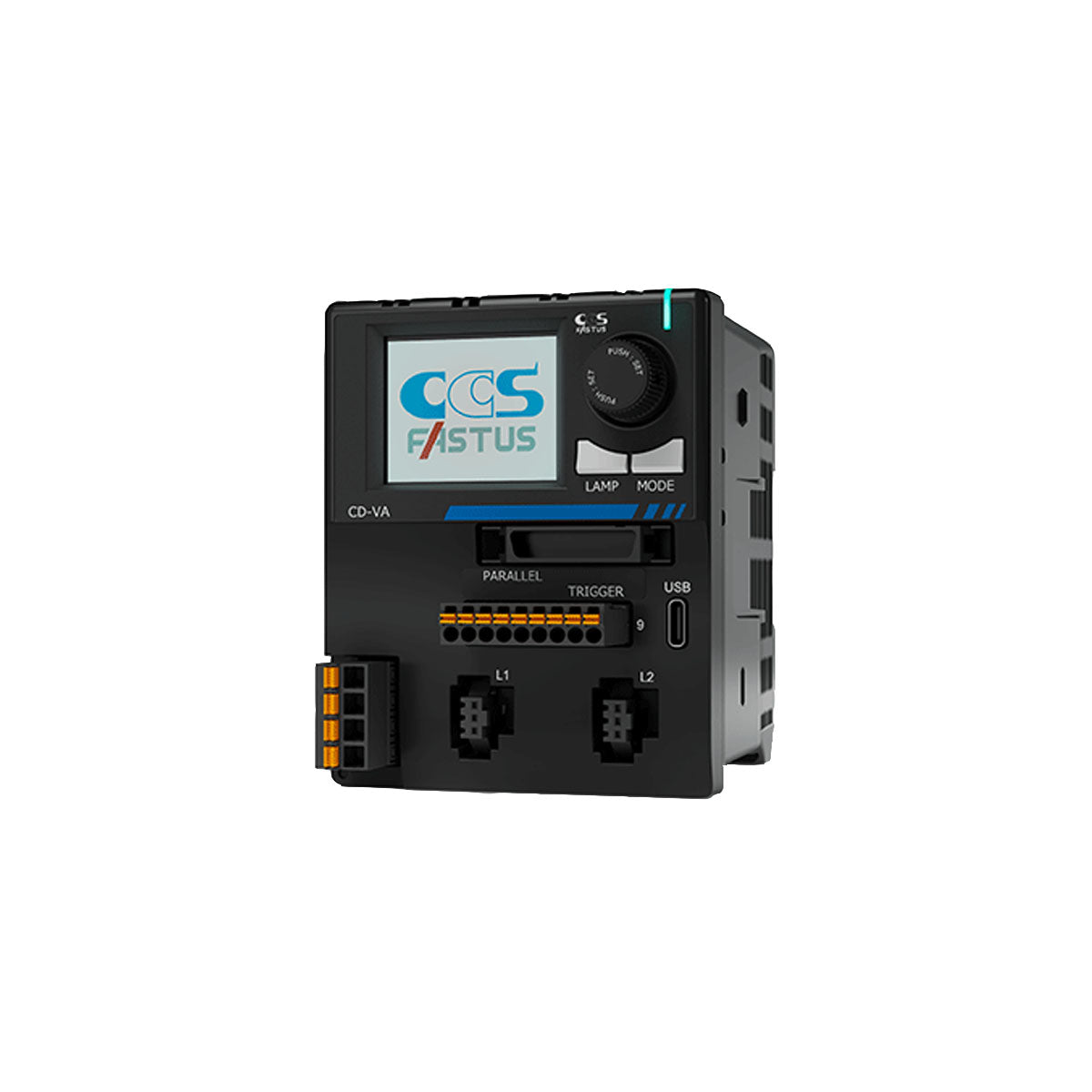
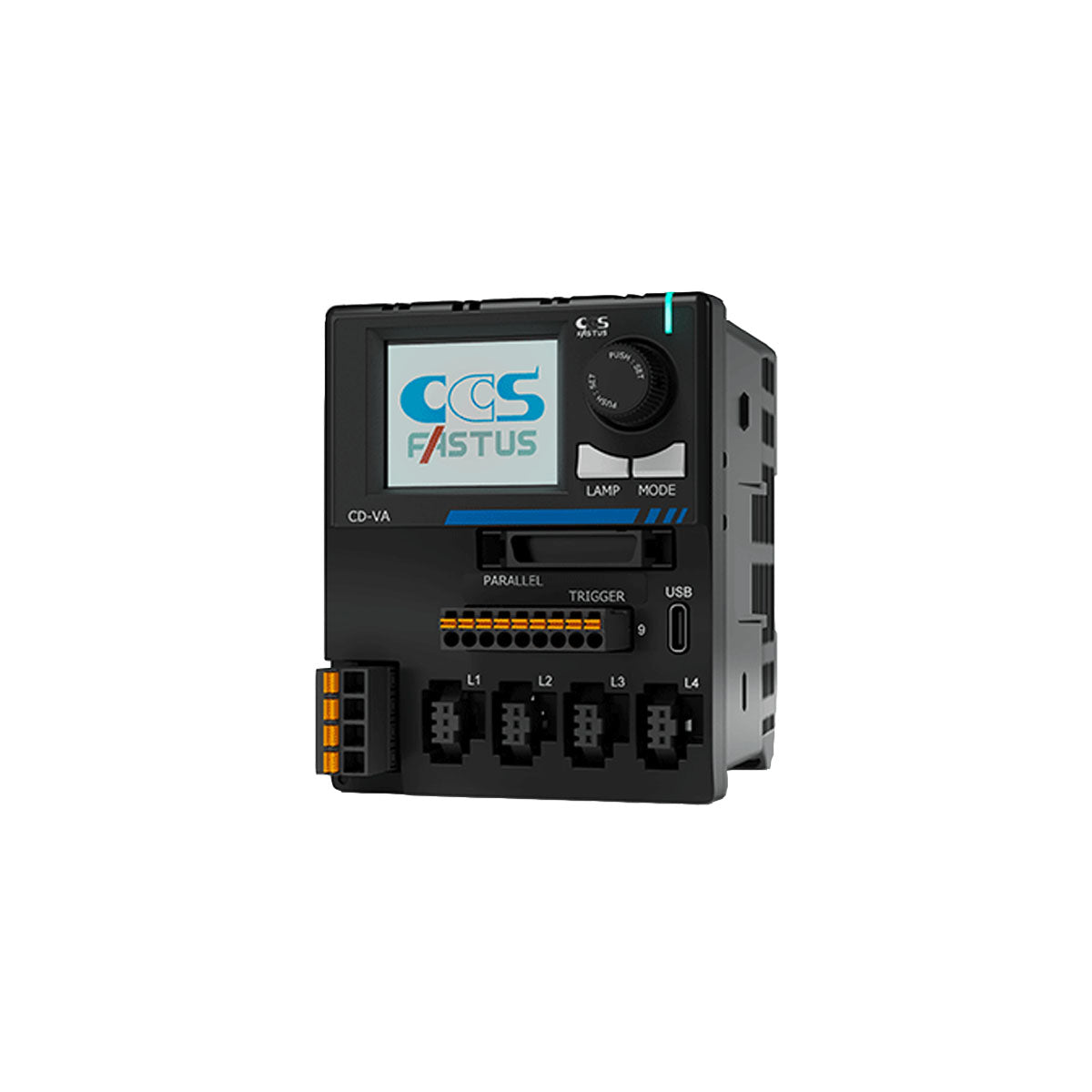
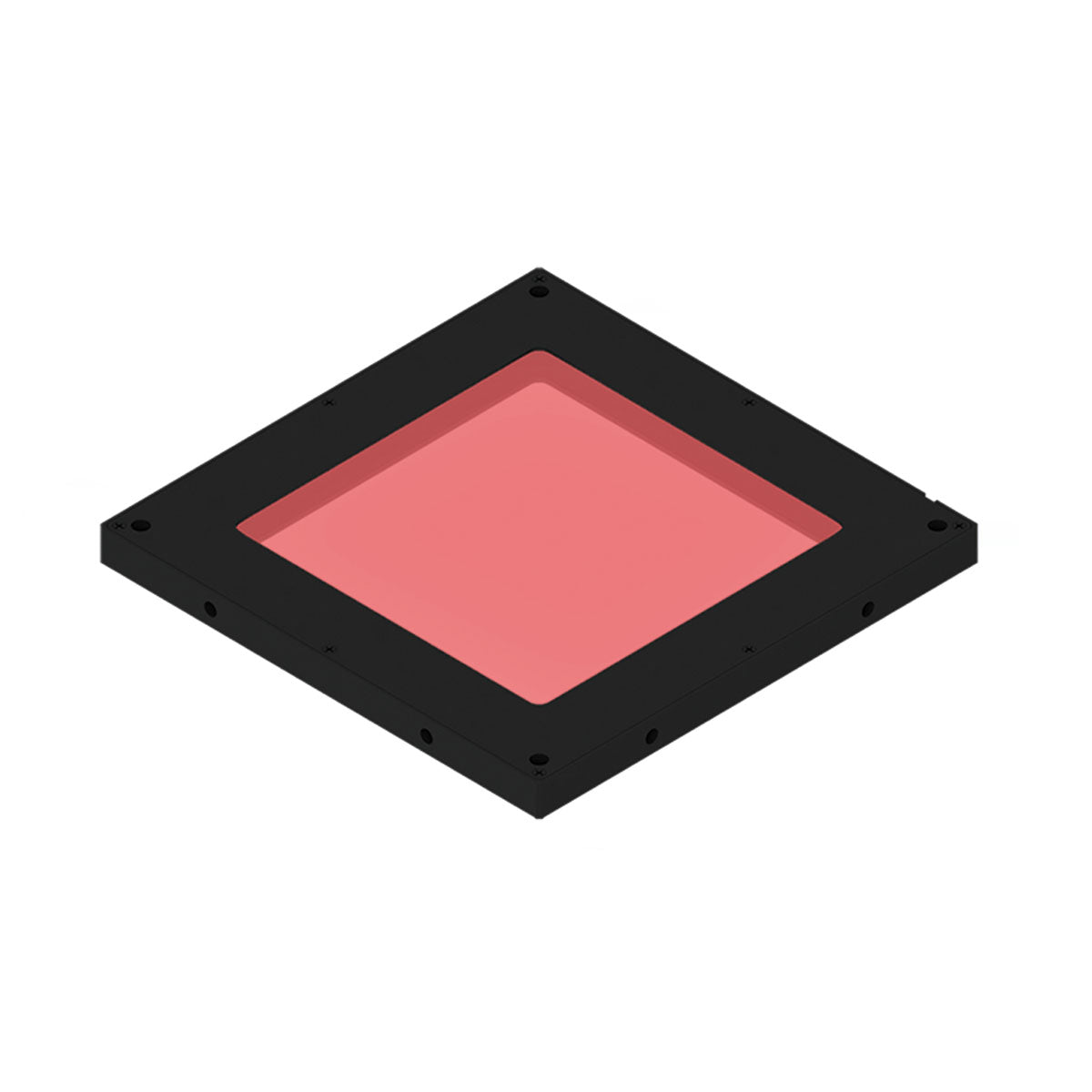

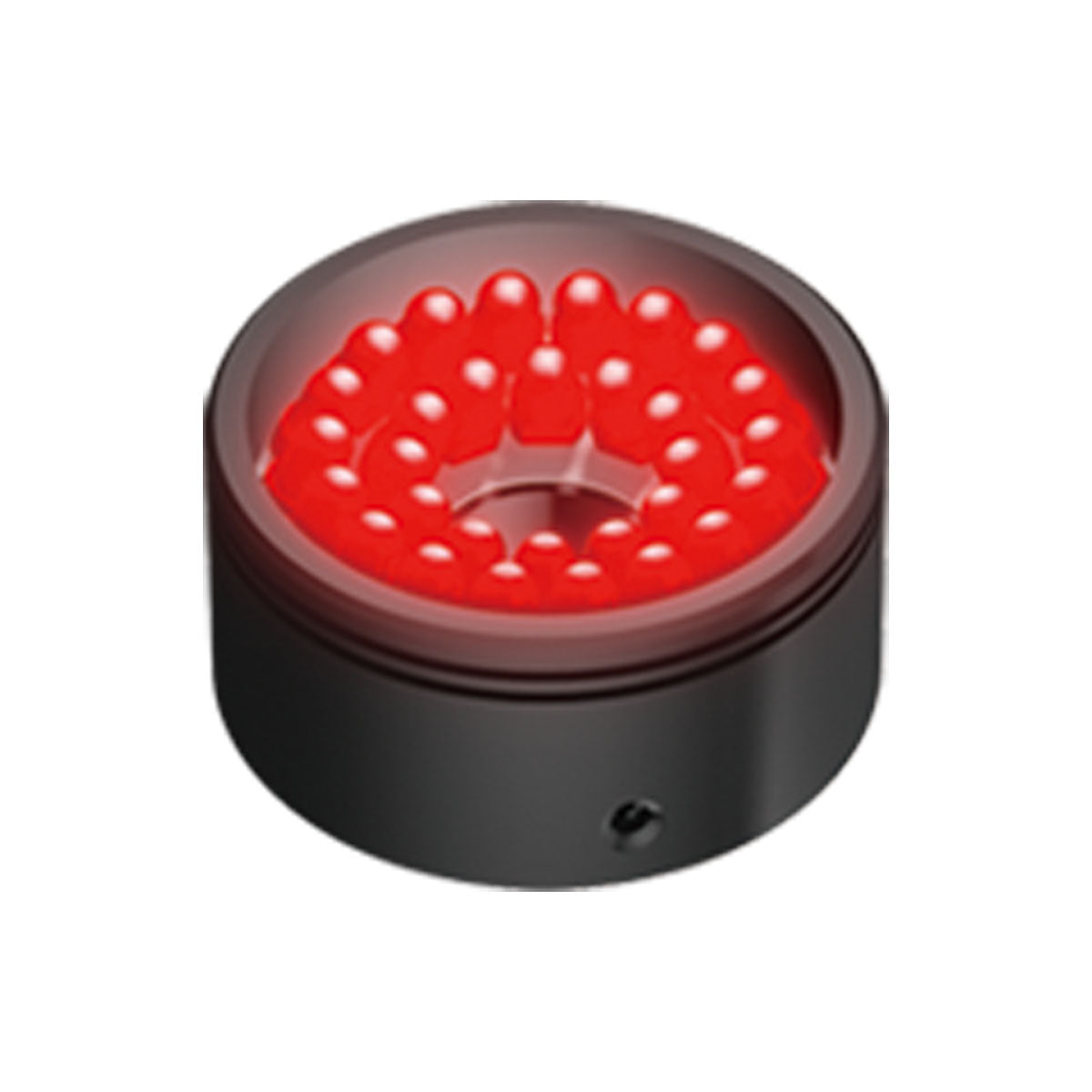
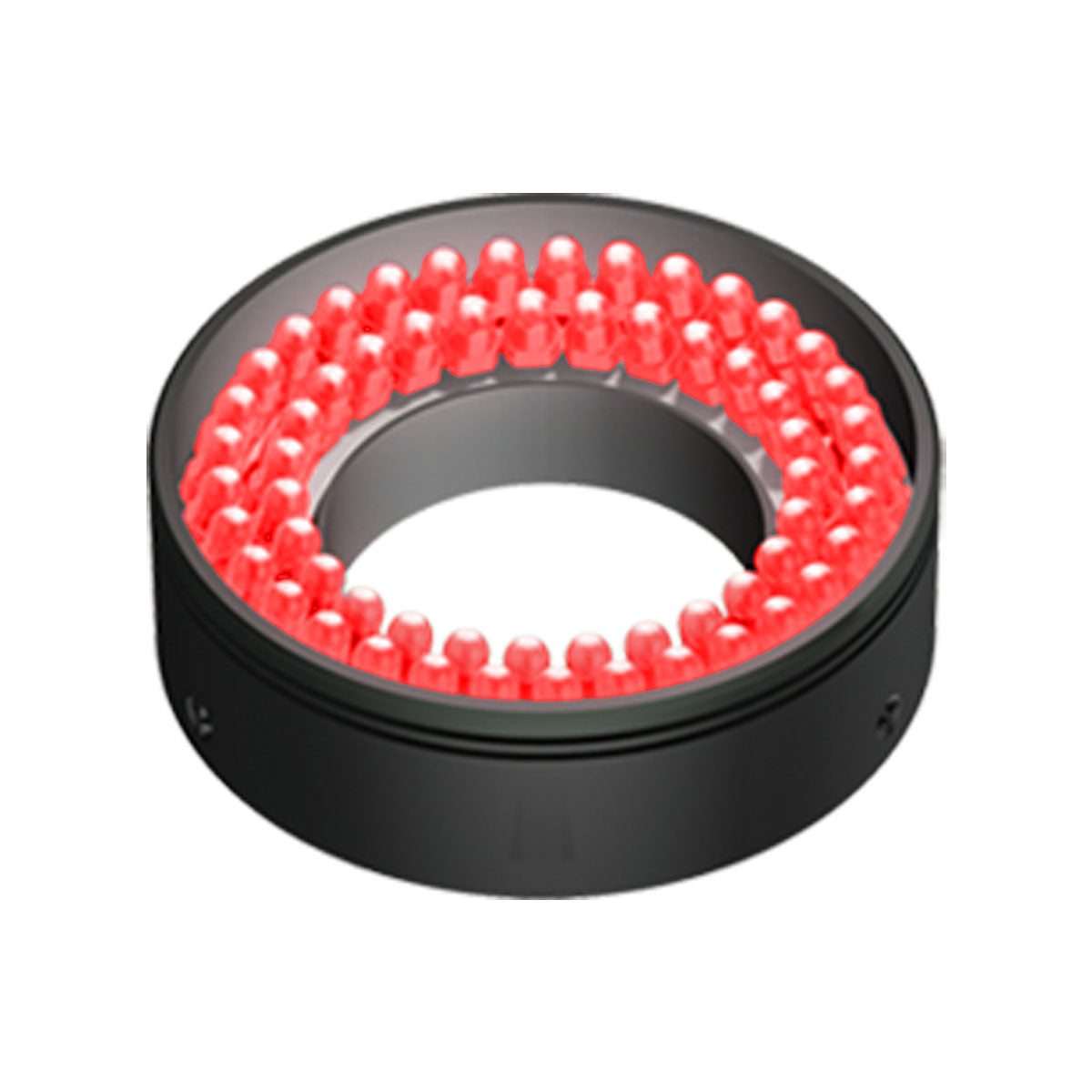
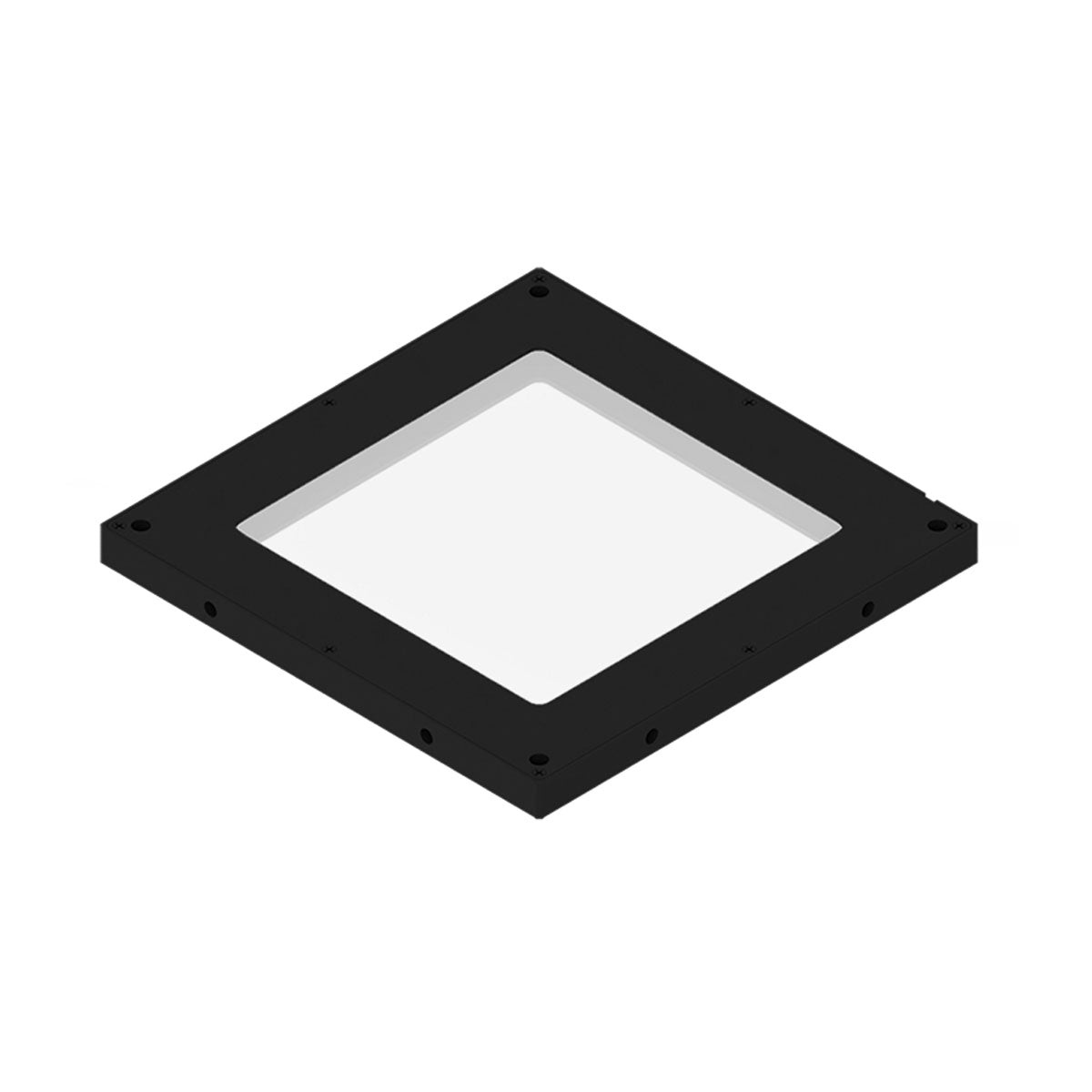

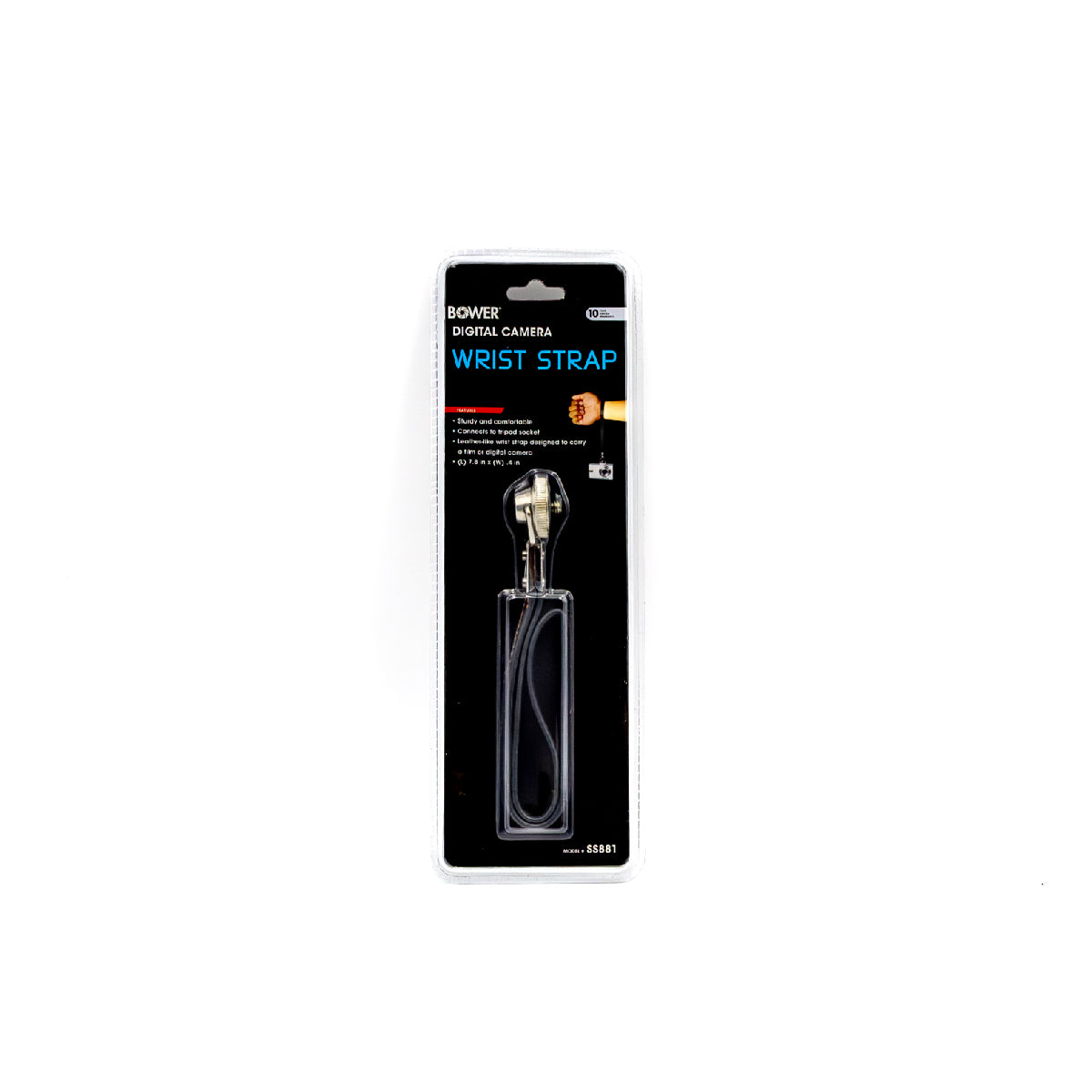

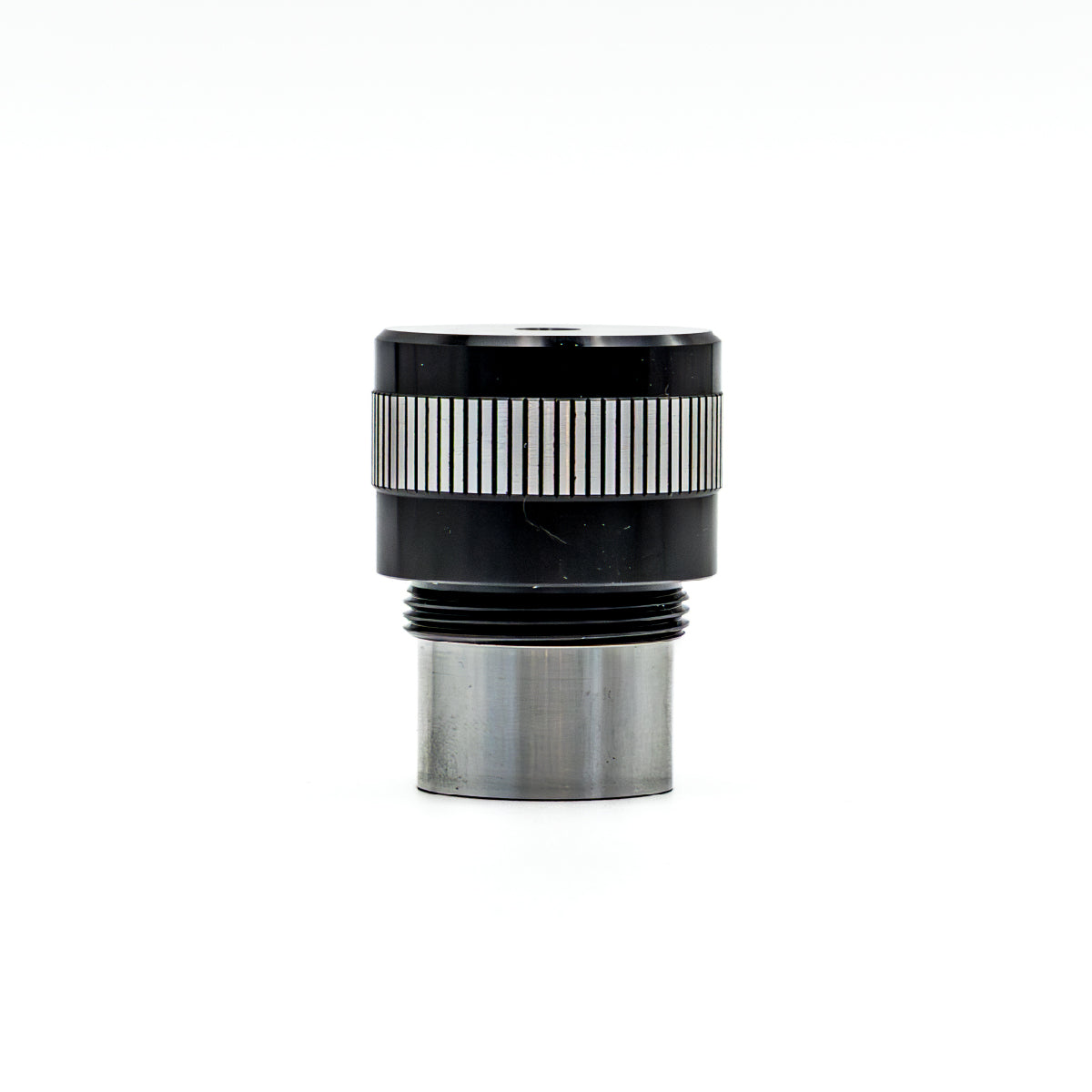
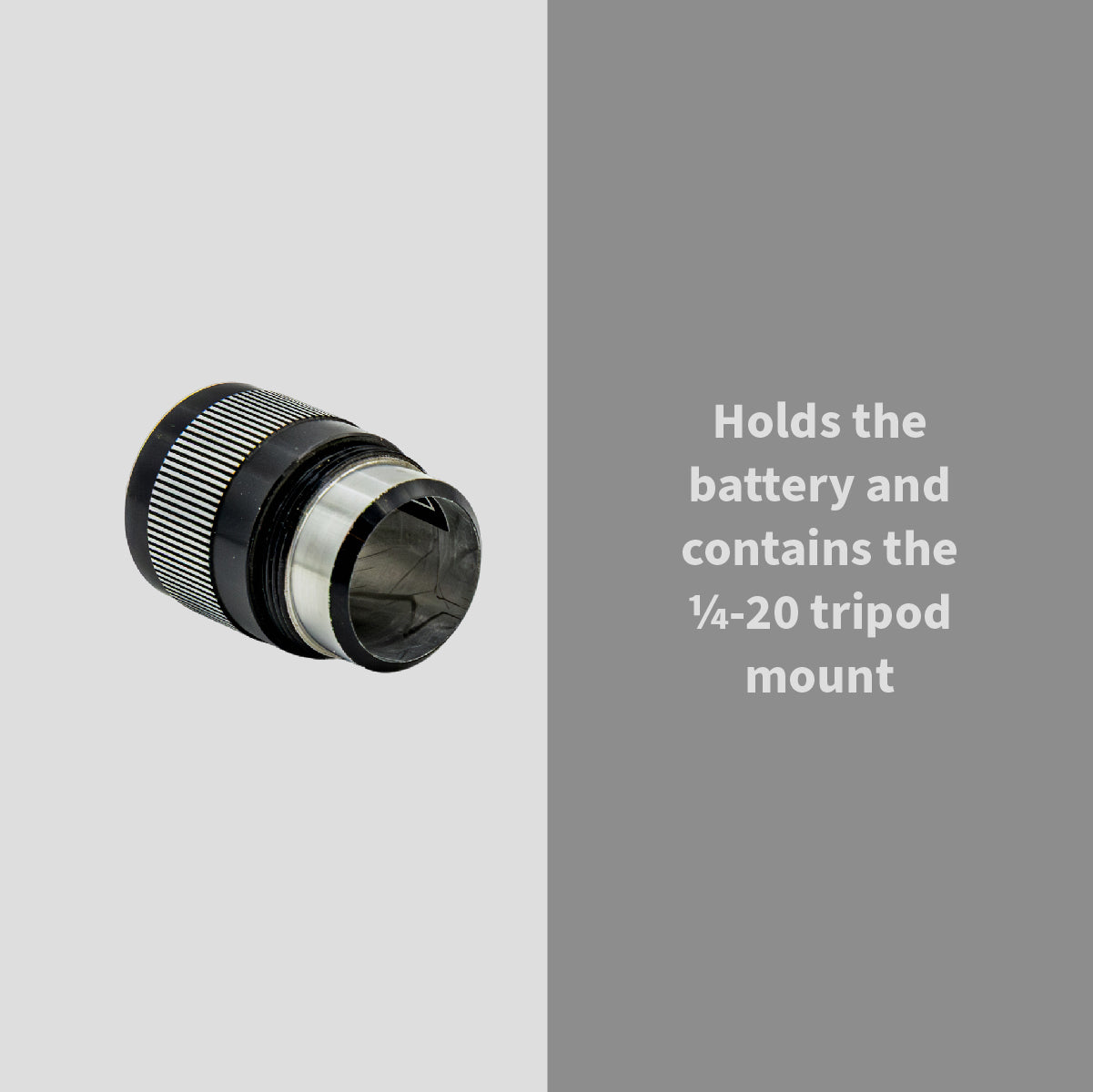







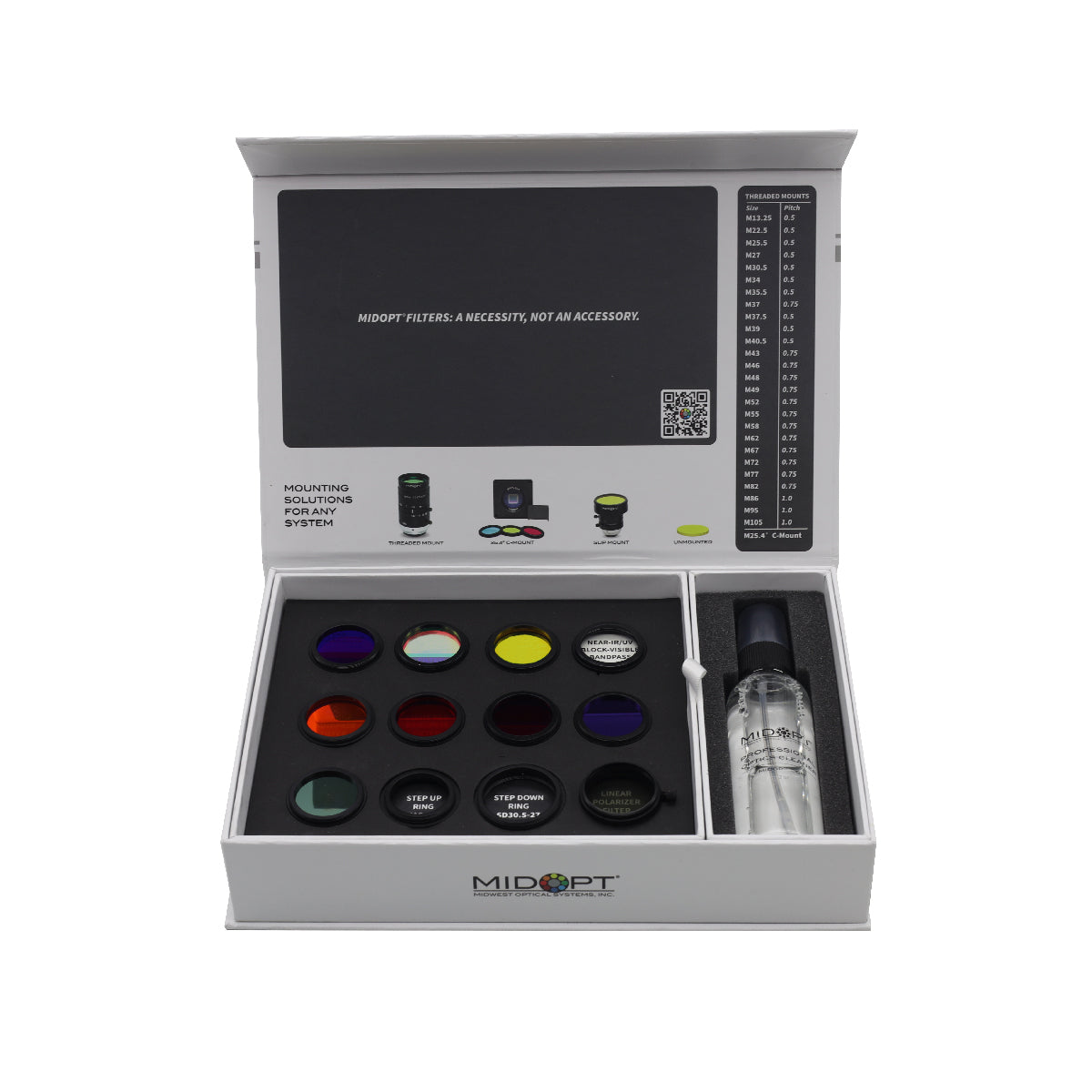
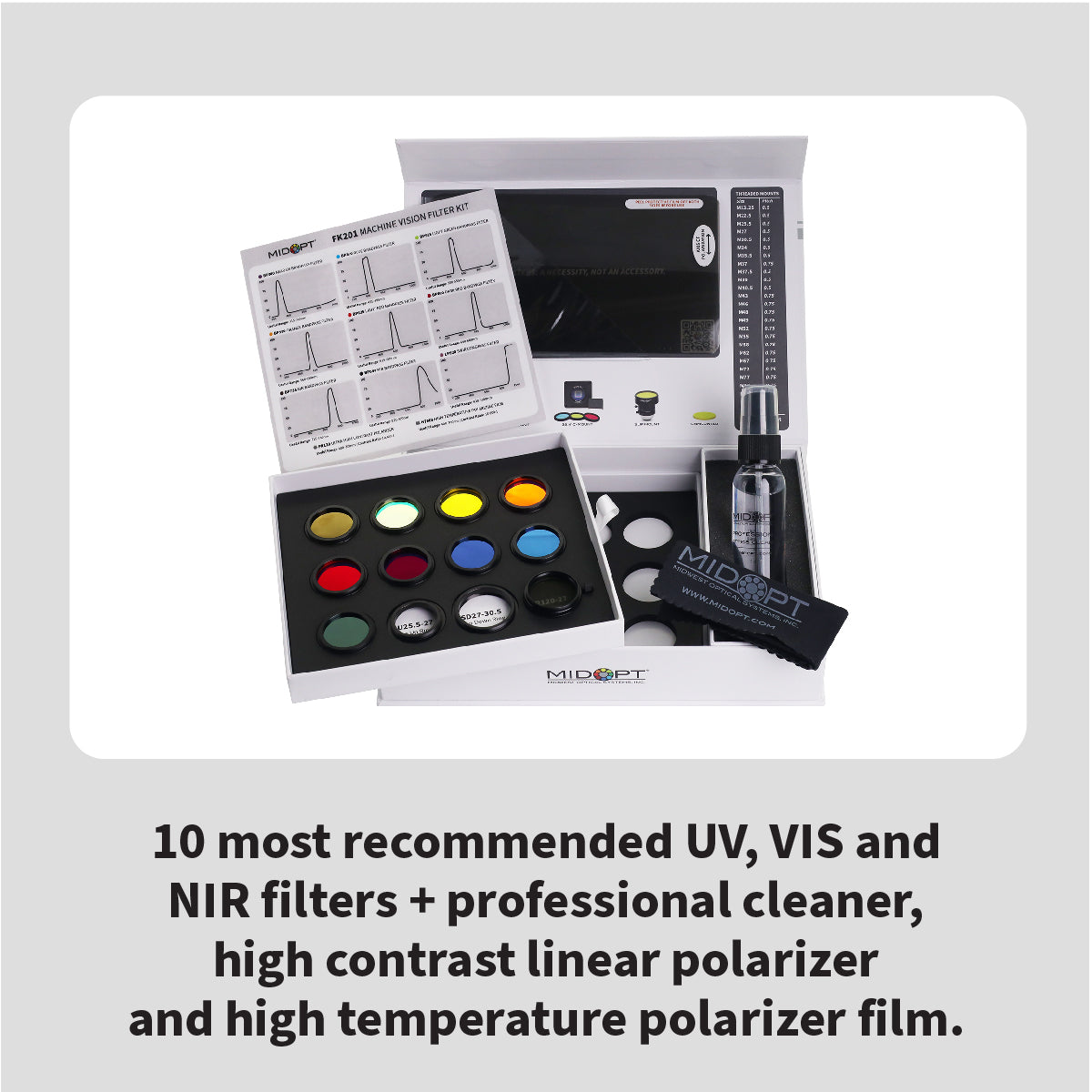
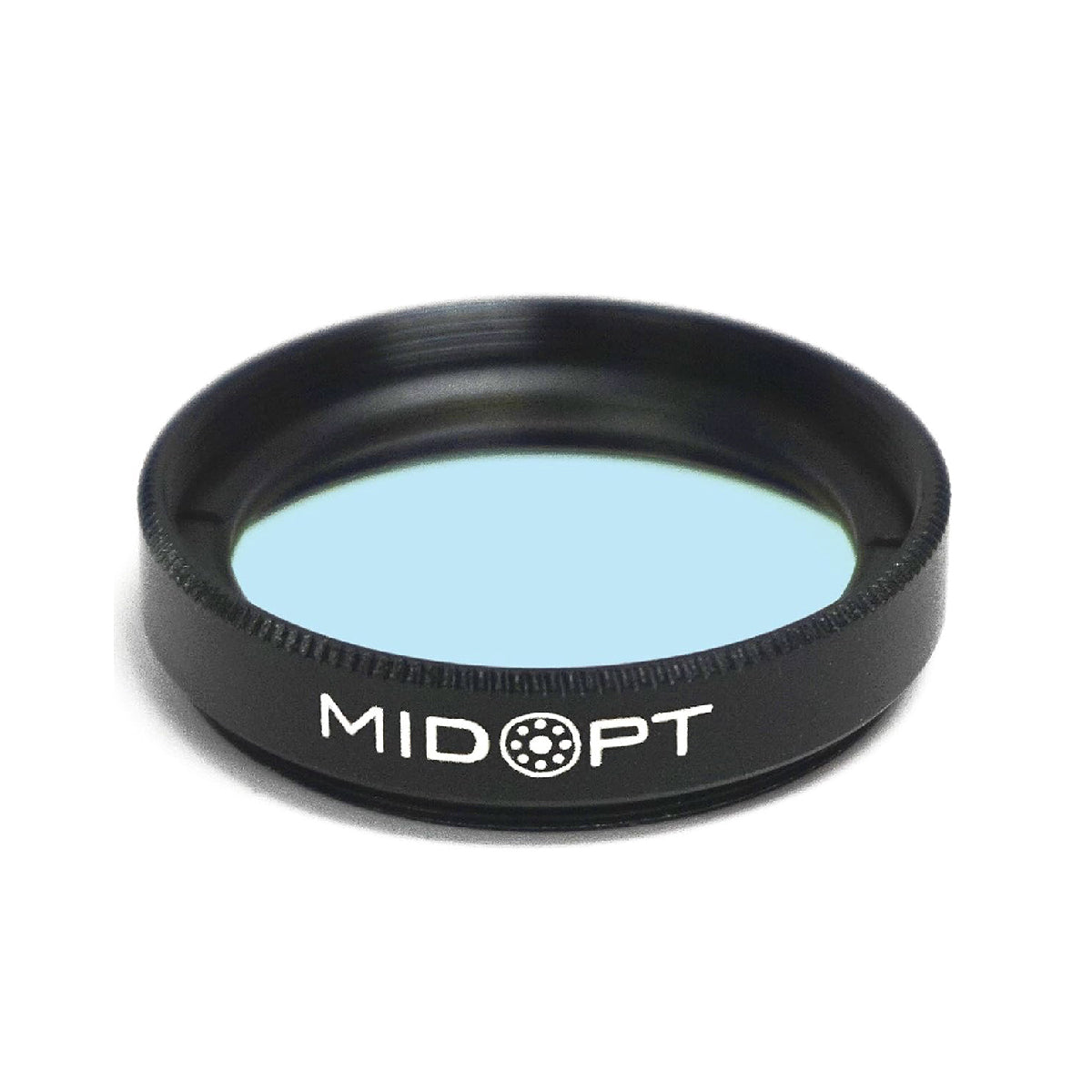
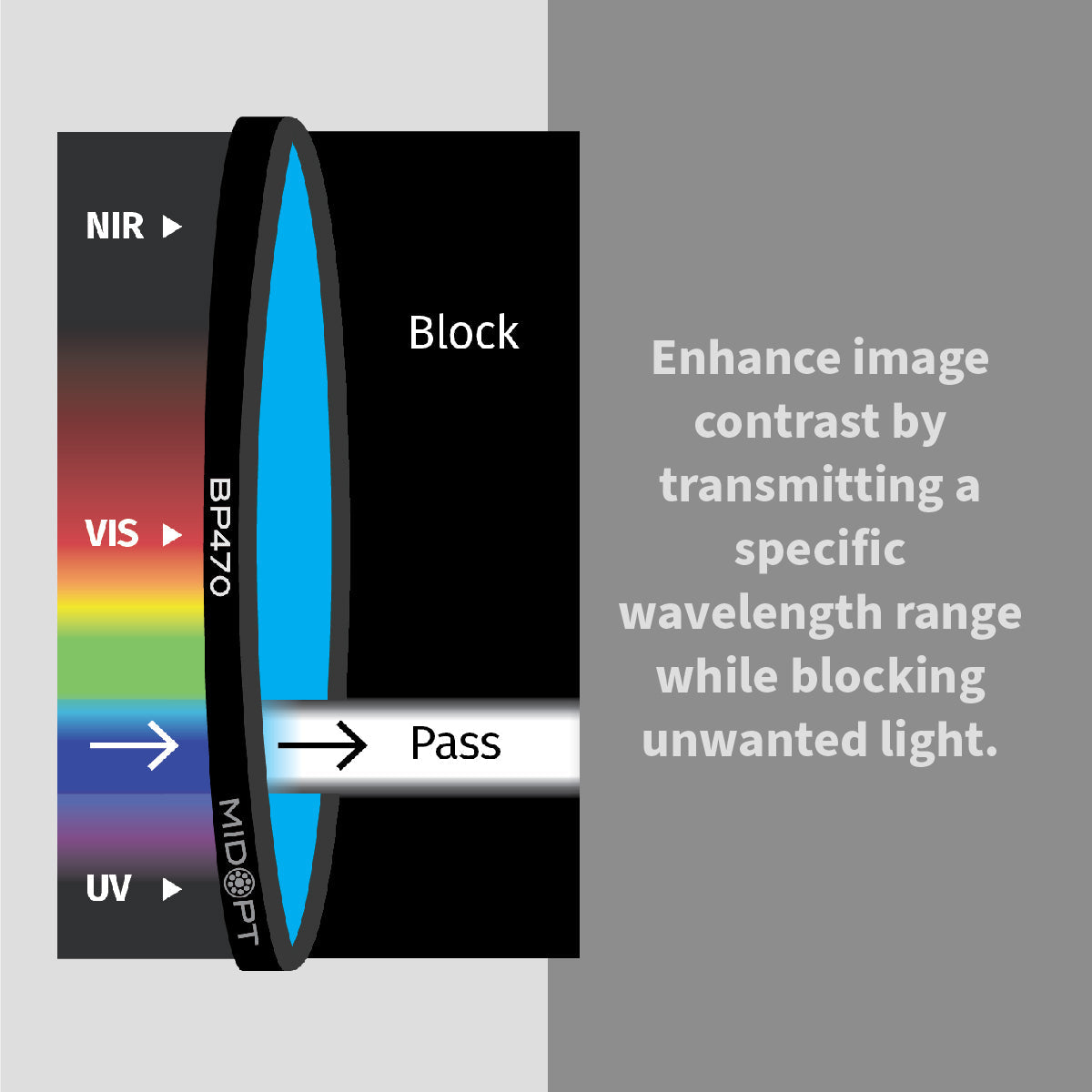

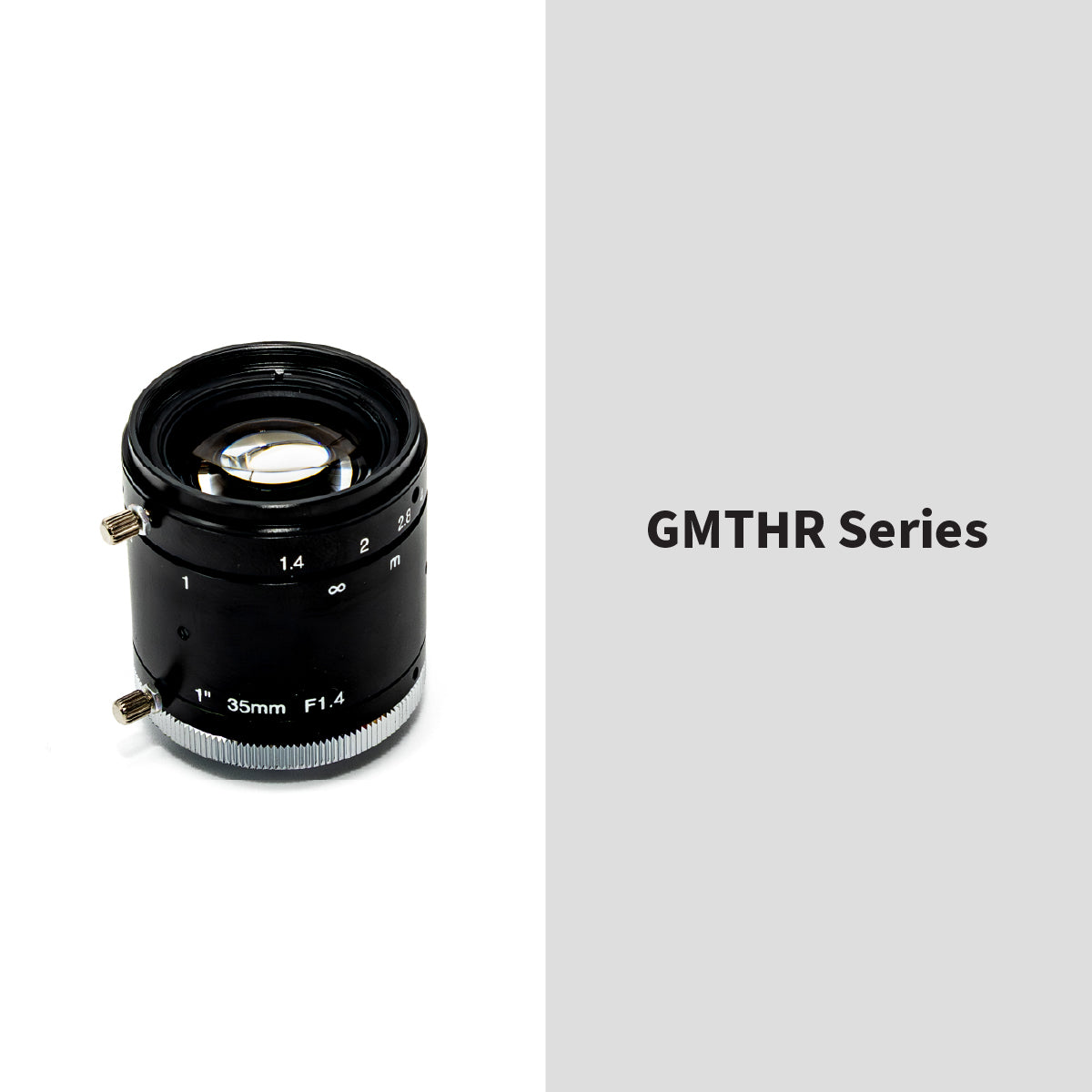
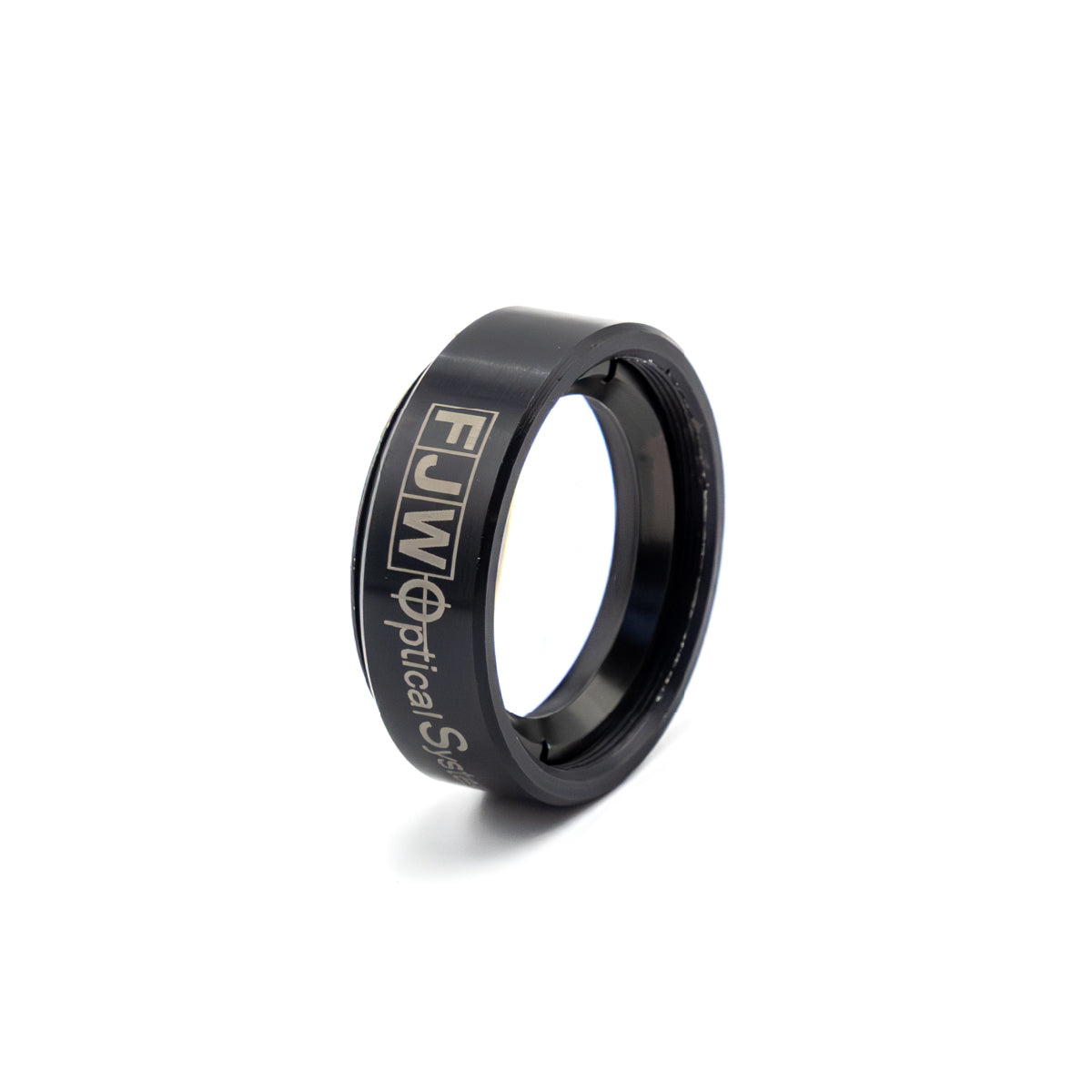
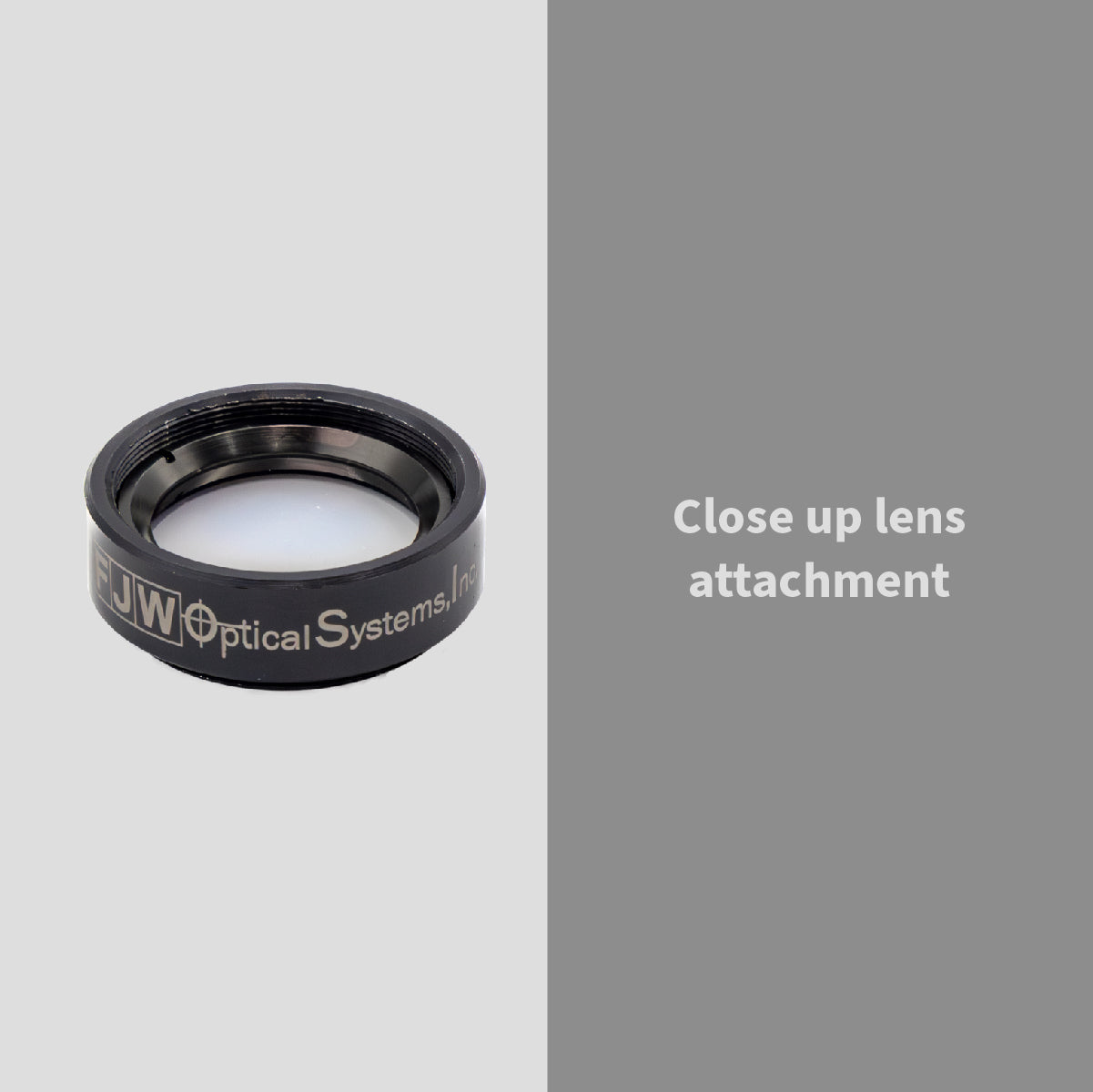




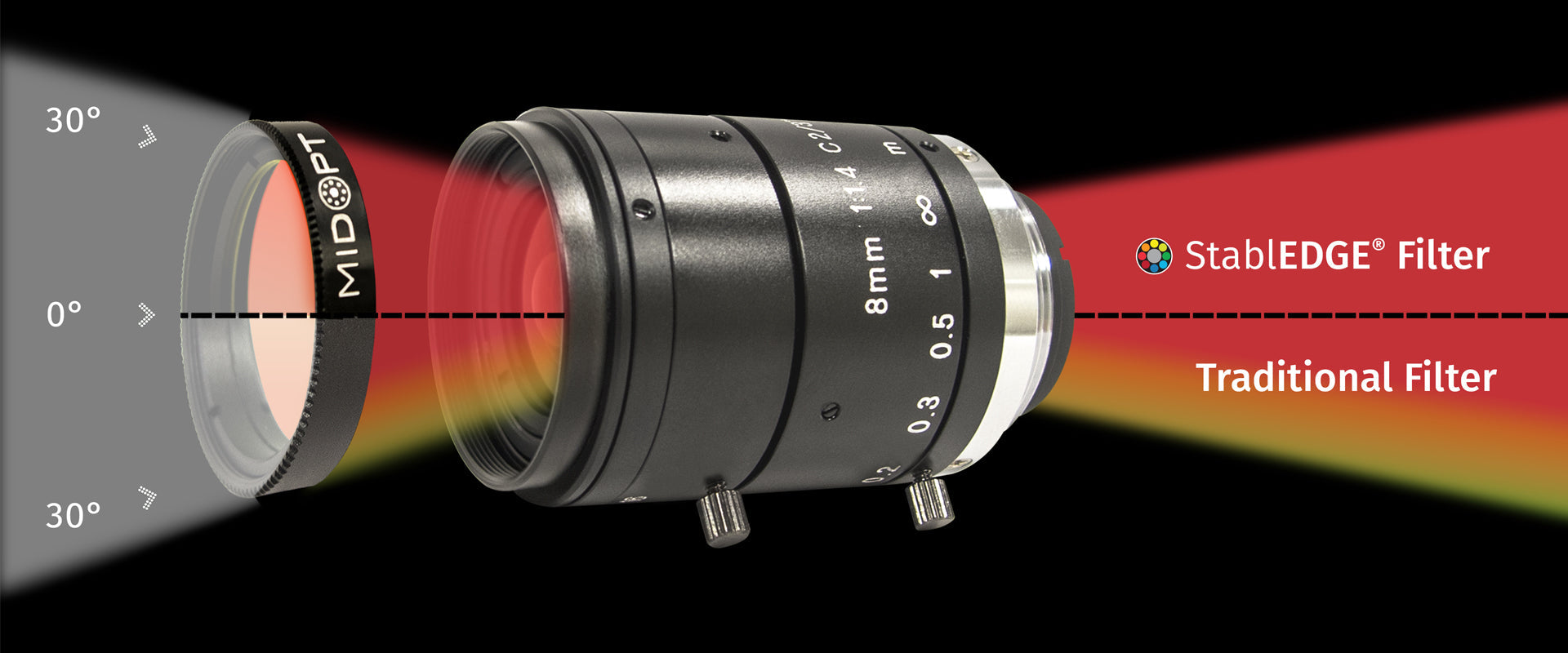
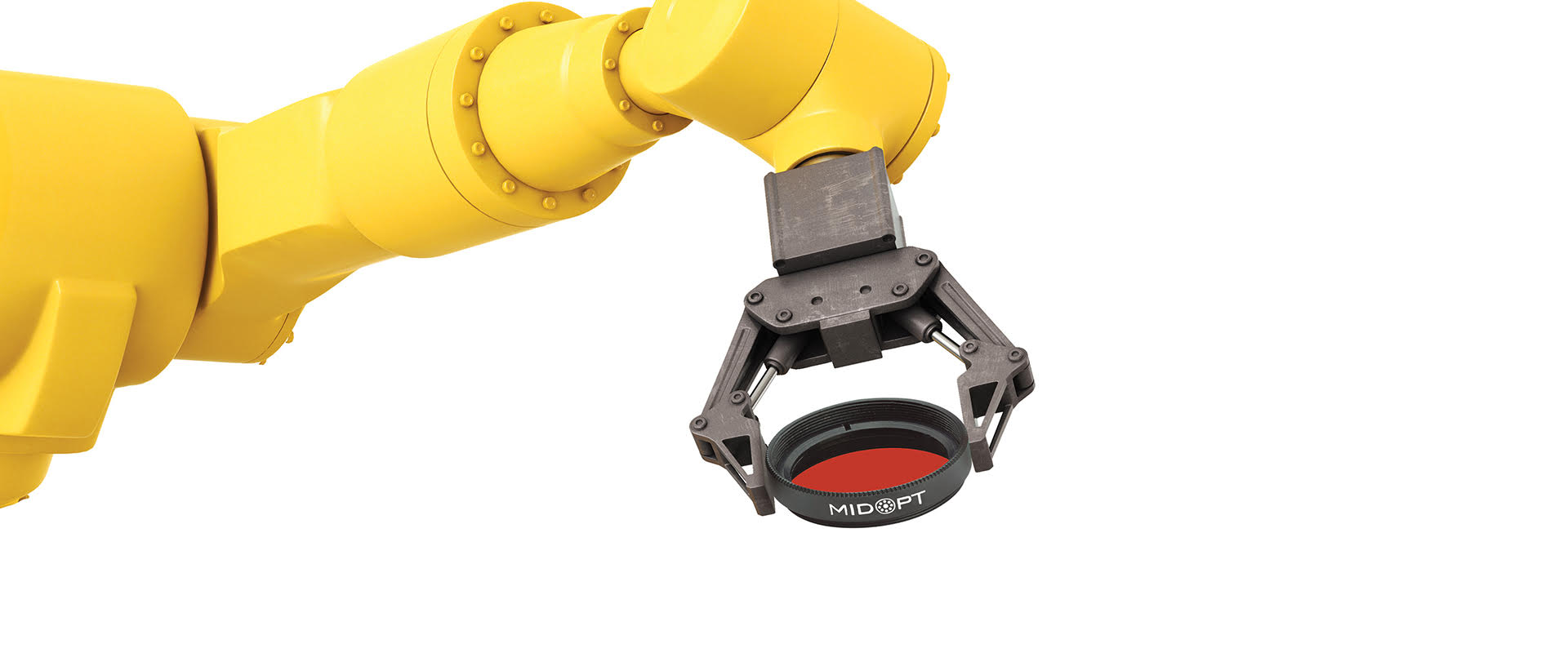
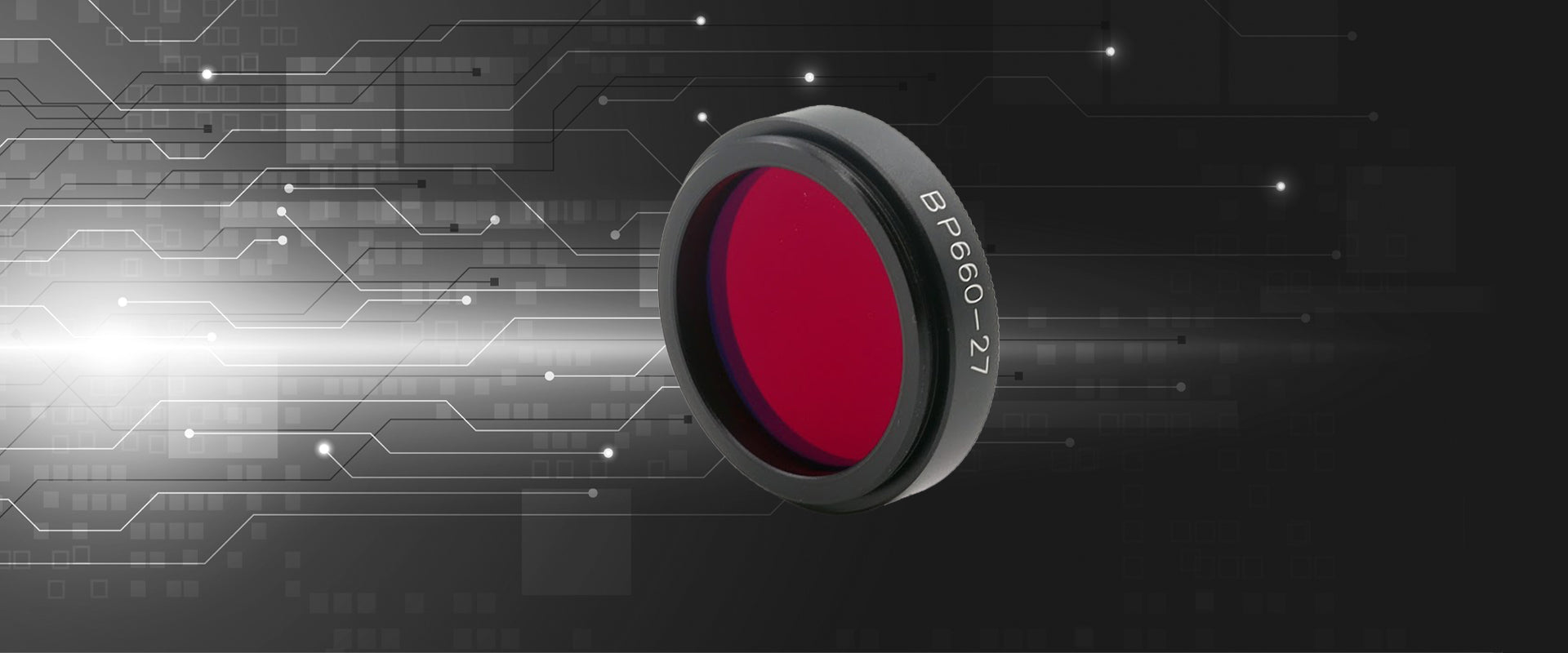
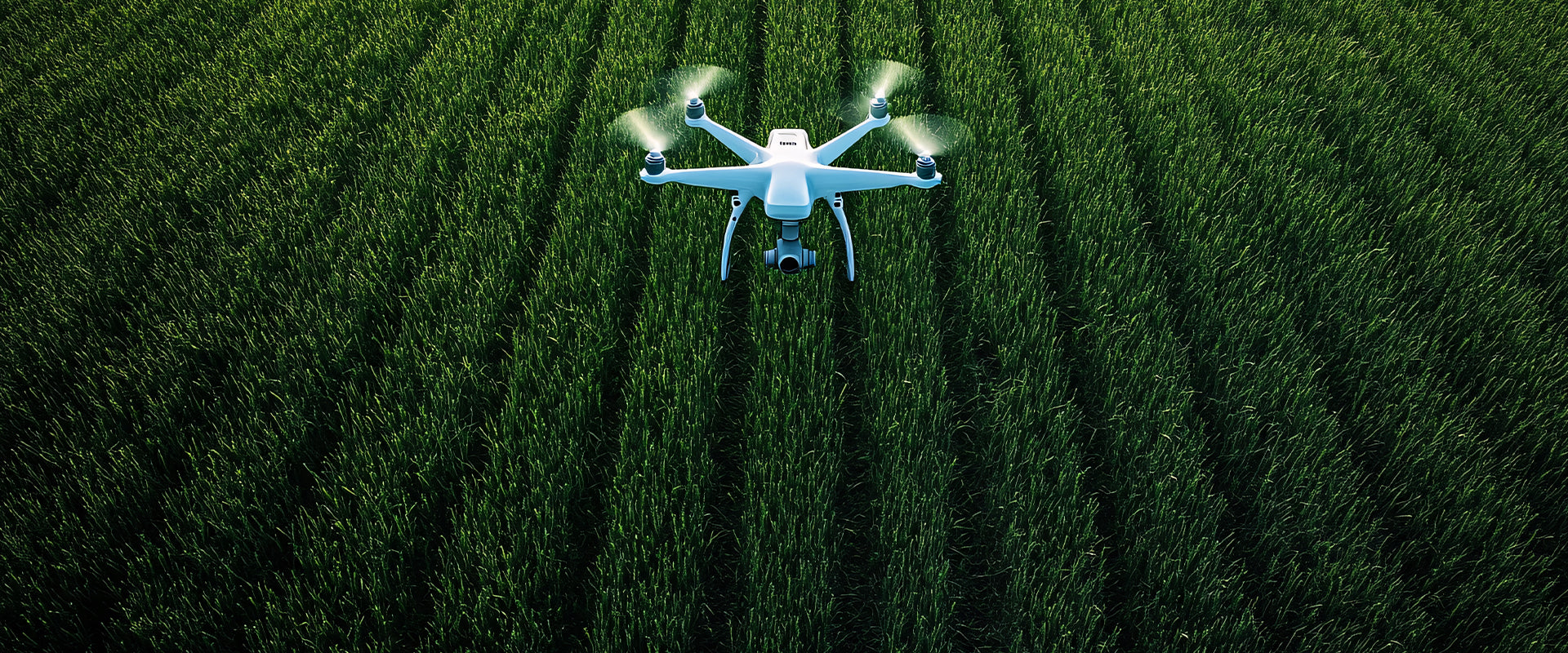
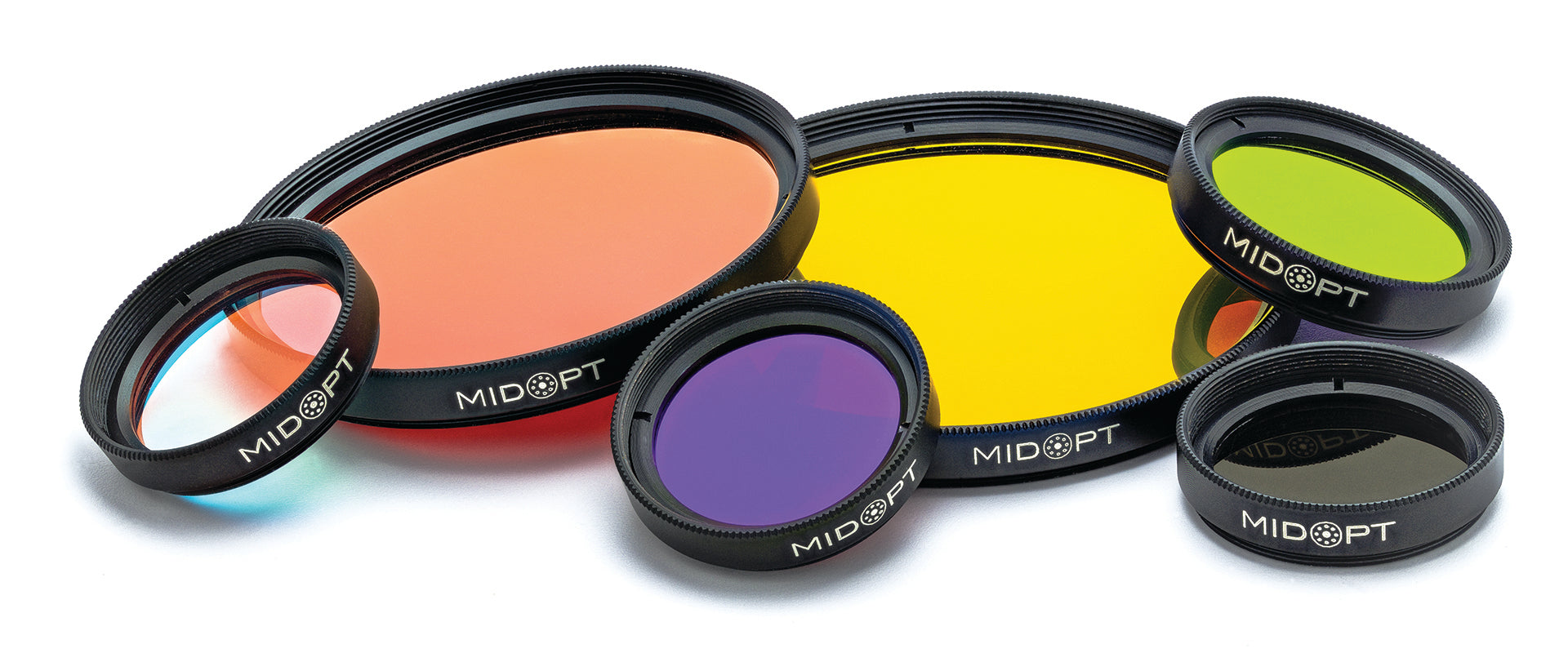
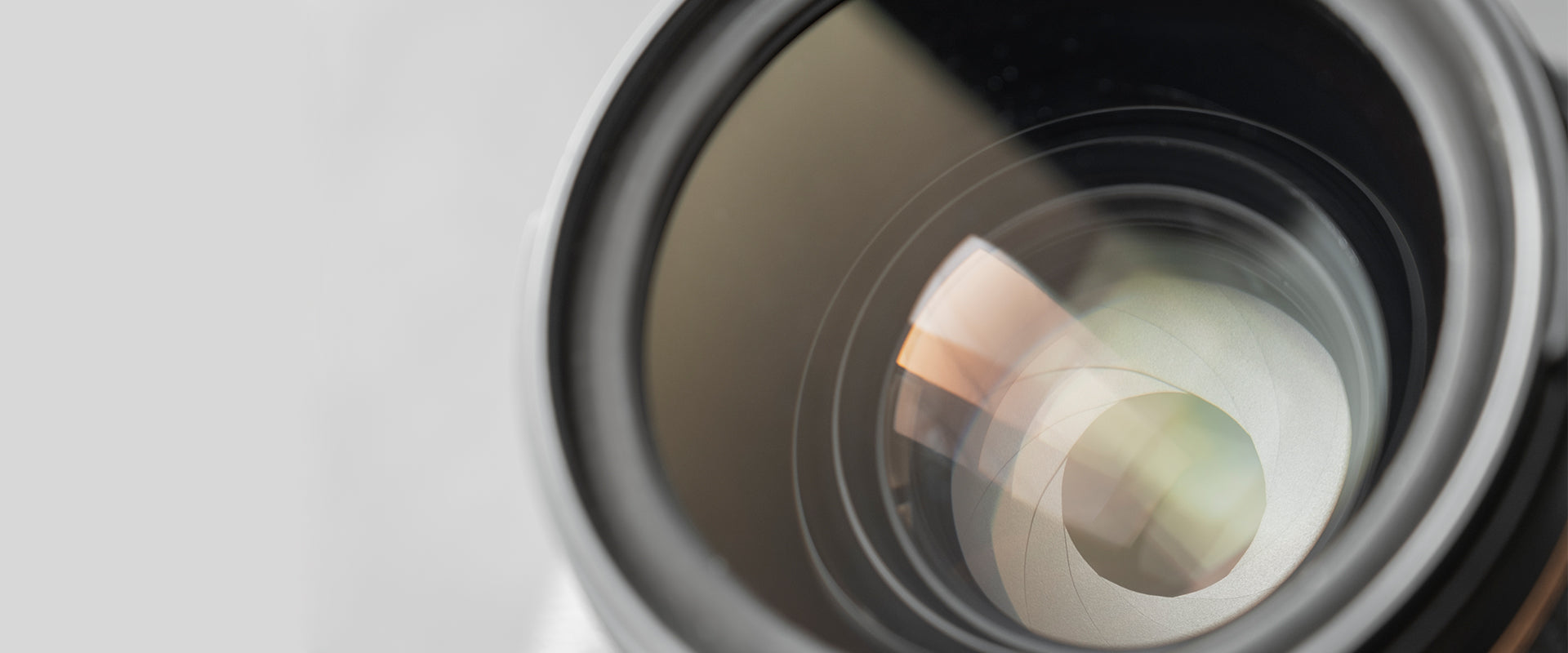





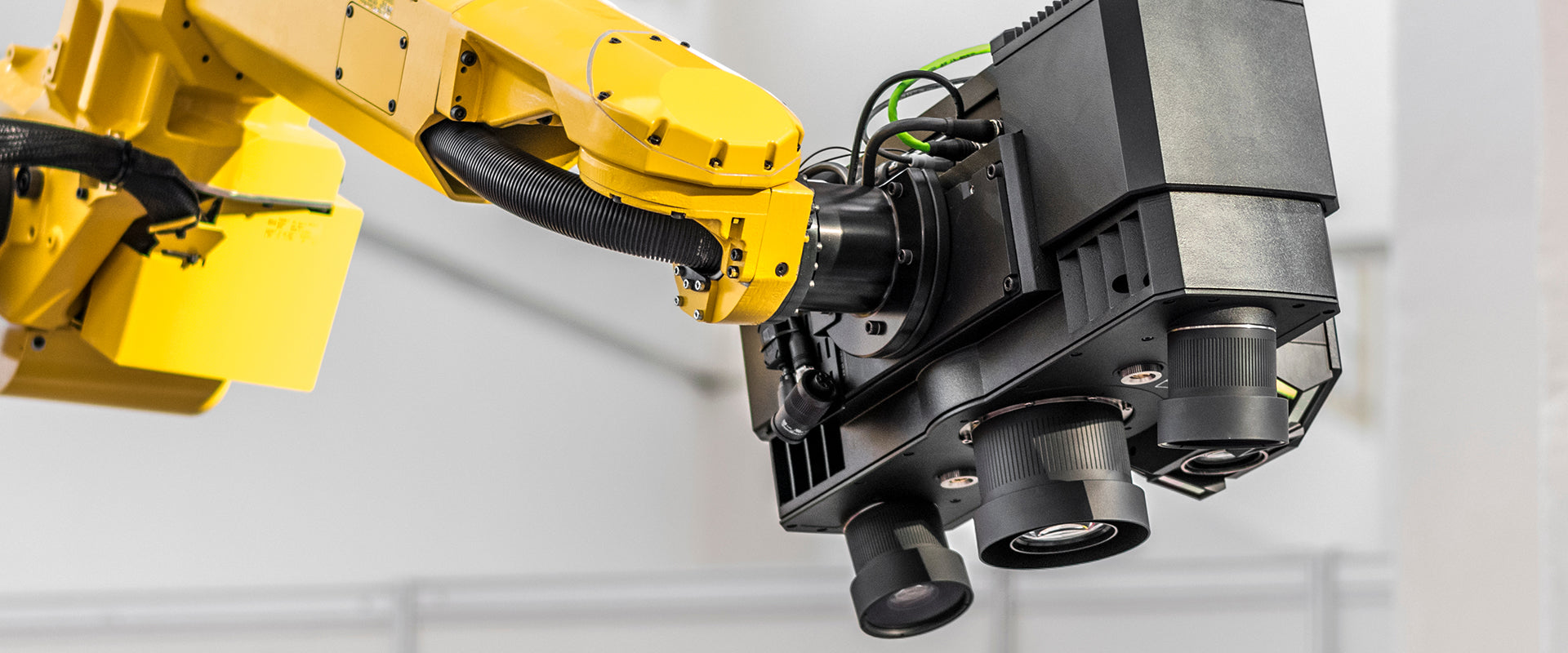


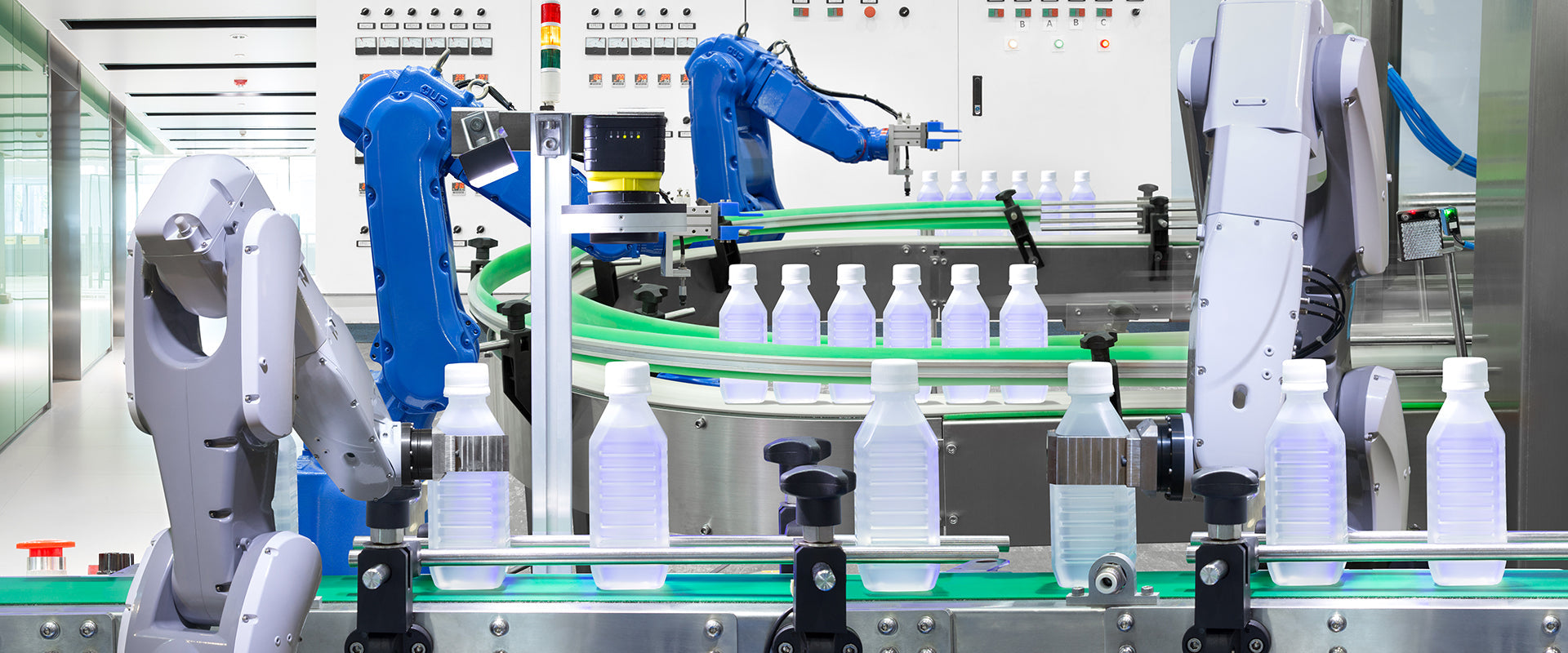
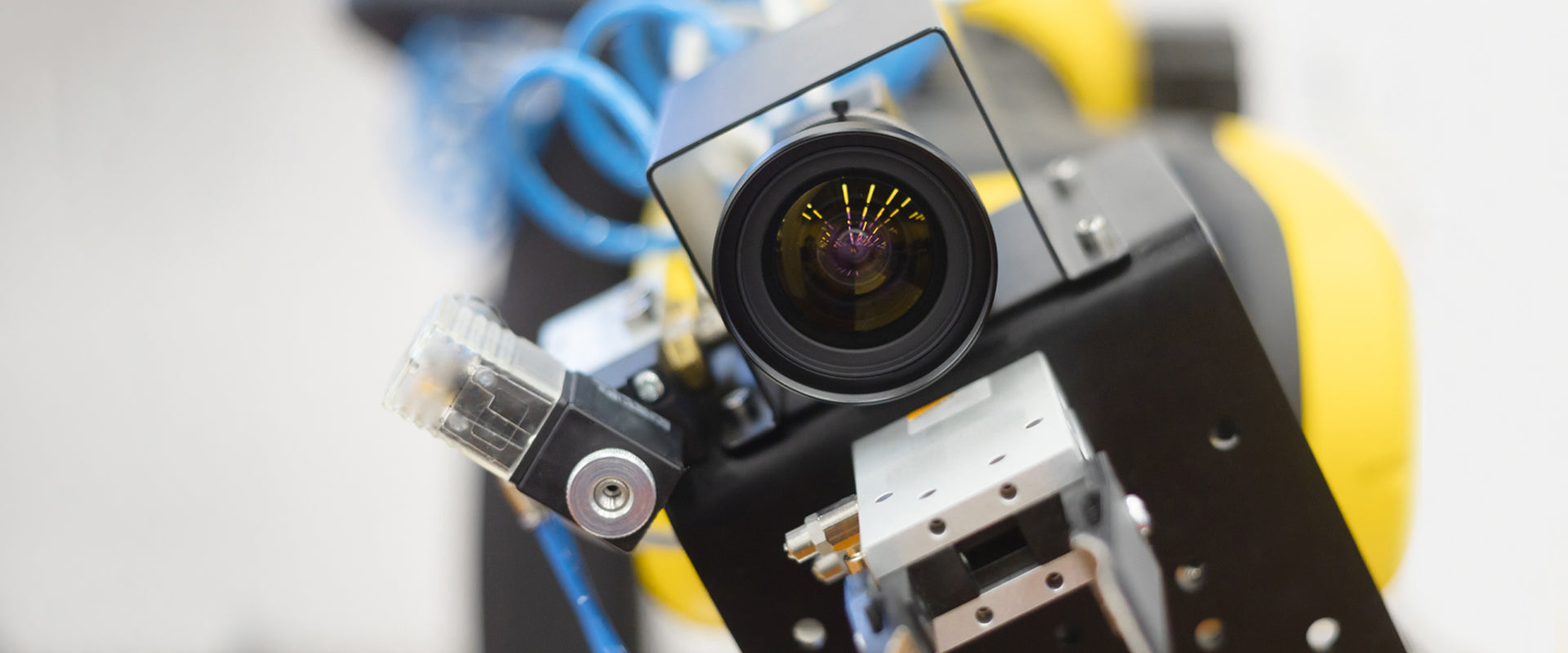
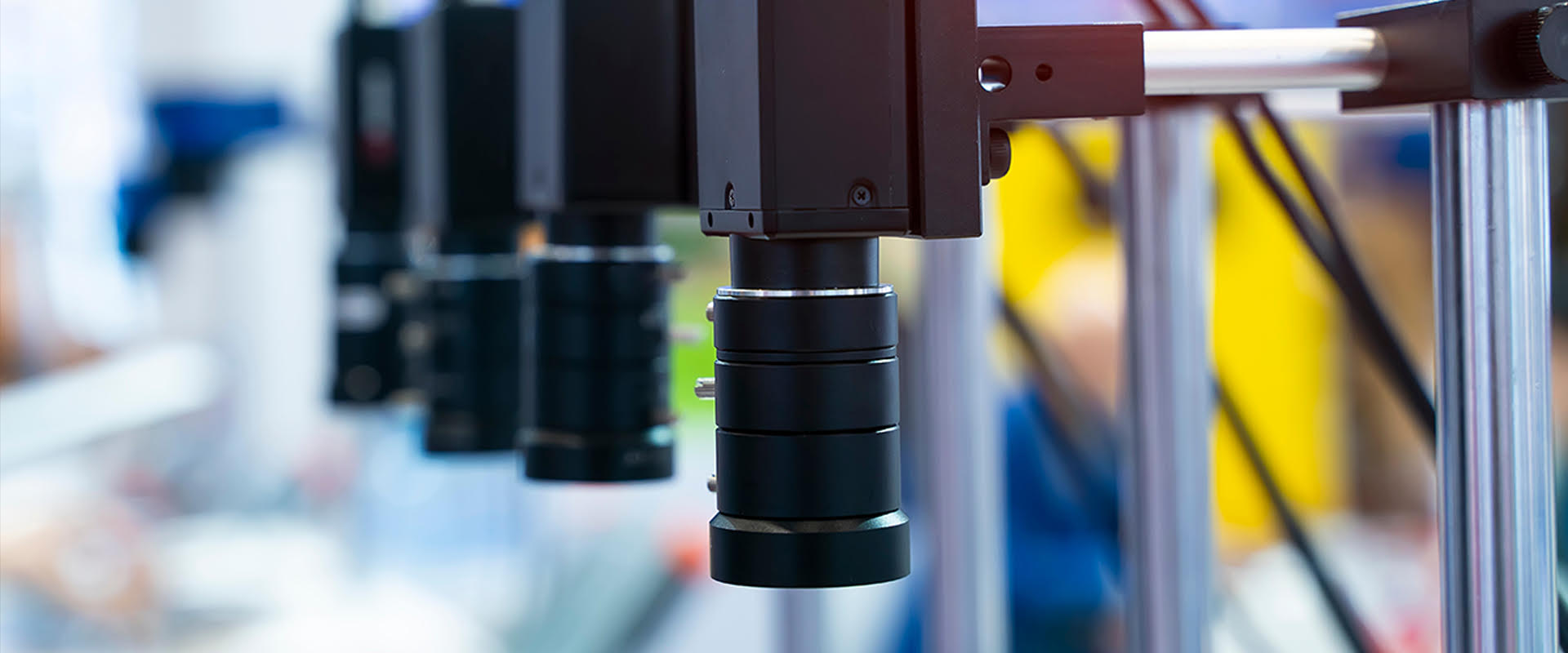
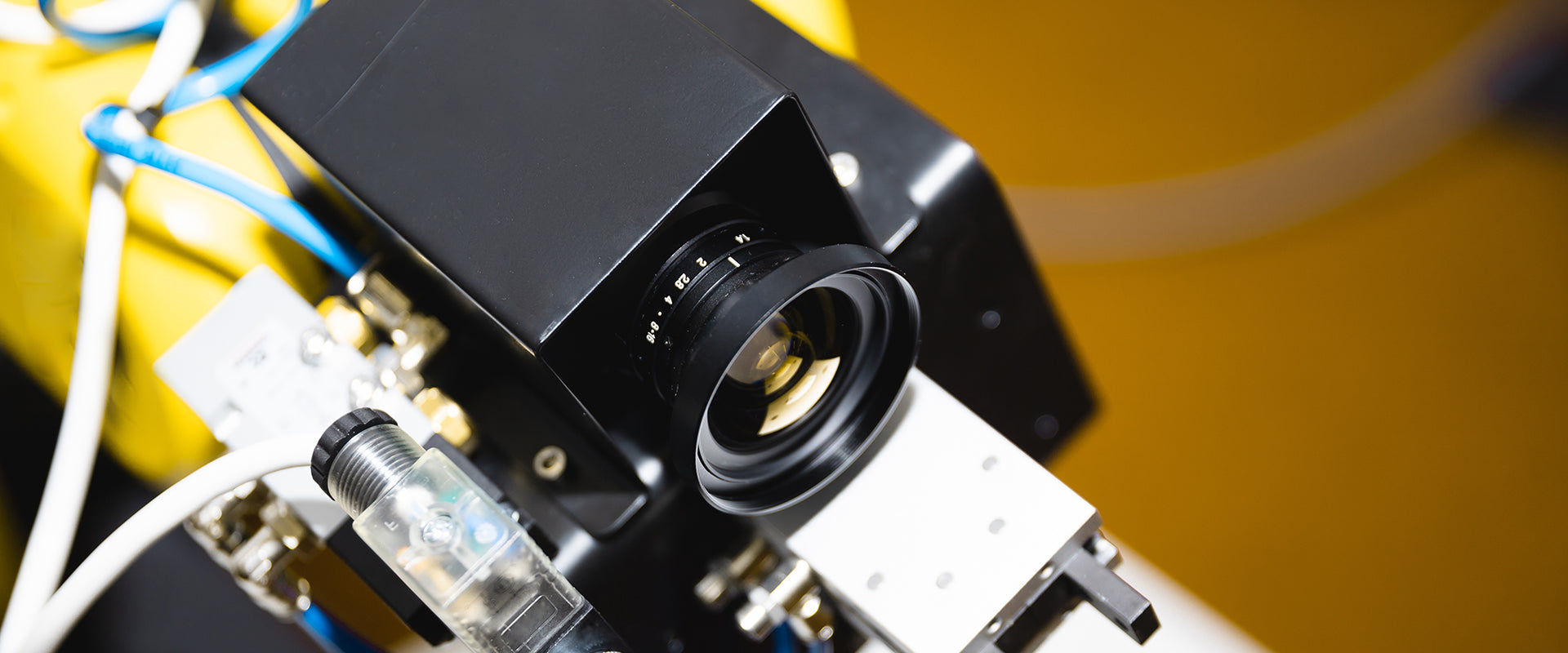
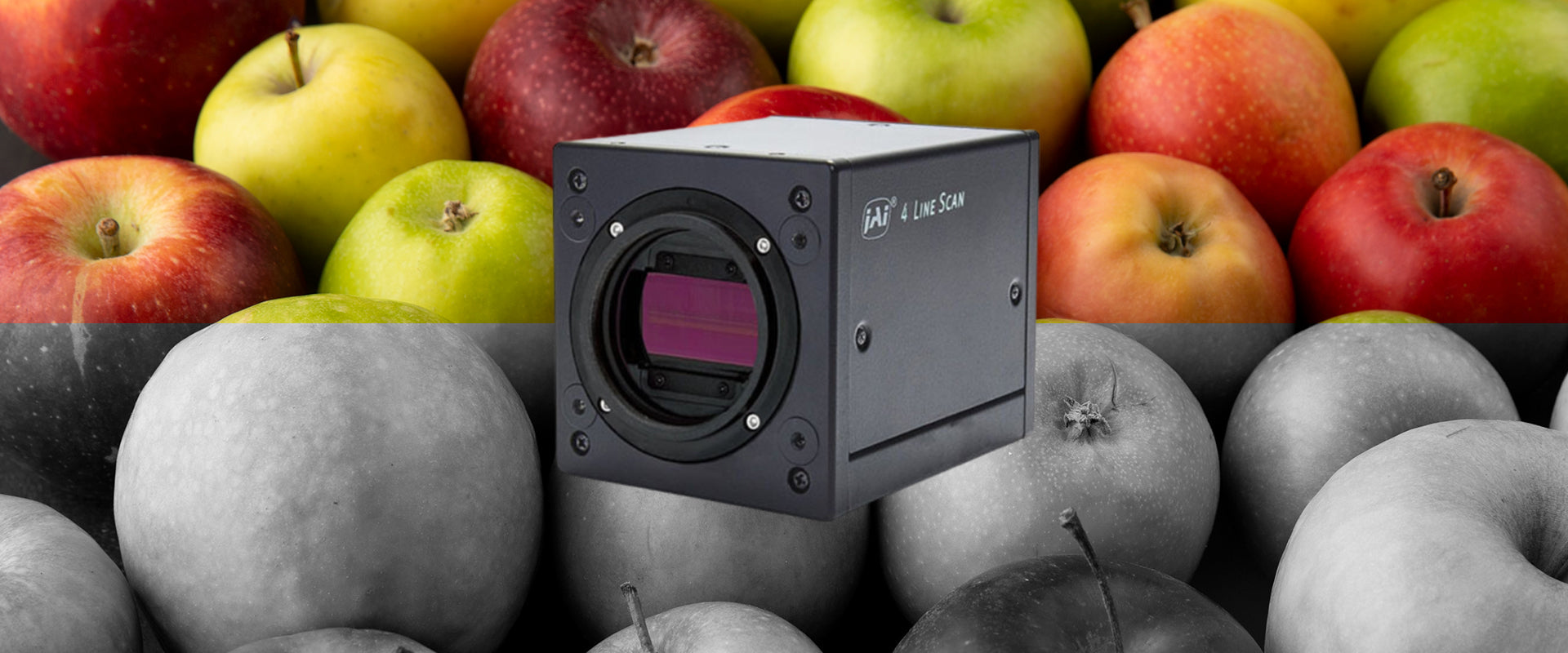
 Lighting
Lighting




